Even though Mexico City is one gigantic urban jungle with more than 20 Million people, some neighborhoods still manage to bear their own little world. Brett and Daniela showed us around the old neighborhood of San Rafael, where Yautepec Gallery is located. After some exploration, we headed to Brett’s house, situated in the highly underrated area of Juarez. It is there where one can find incredibly strange buildings, resembling castles or odd mixtures between colonial Spanish architecture and traditionally Mexican folklore.
Brett and Daniela chatted with us about the supporting dynamics of the art scene in Mexico City, the strong sense of community that appears to be quite present. They told us about how Yautepec developed and why exhibition openings are just much more fun in Mexico City. After our chat, Brett lead us to his favorite cafe in Juarez. He shared stories about how he almost became a toy developer, and his involvement in a project that consisted of robots as companions.
.
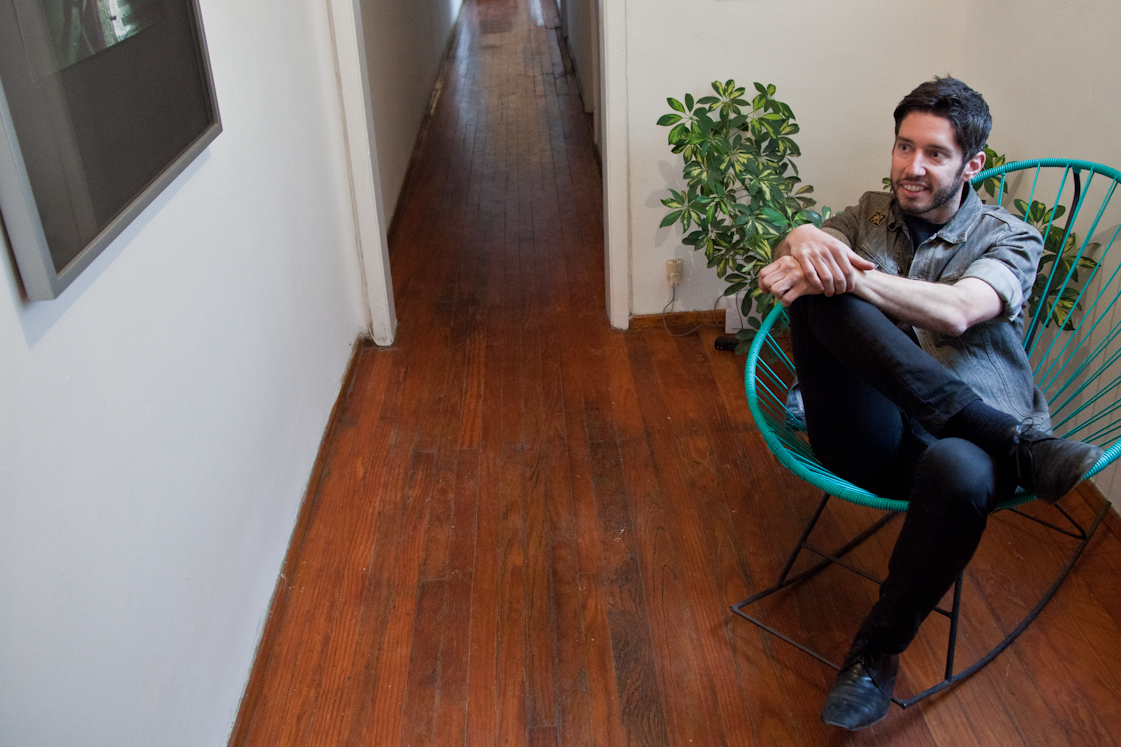
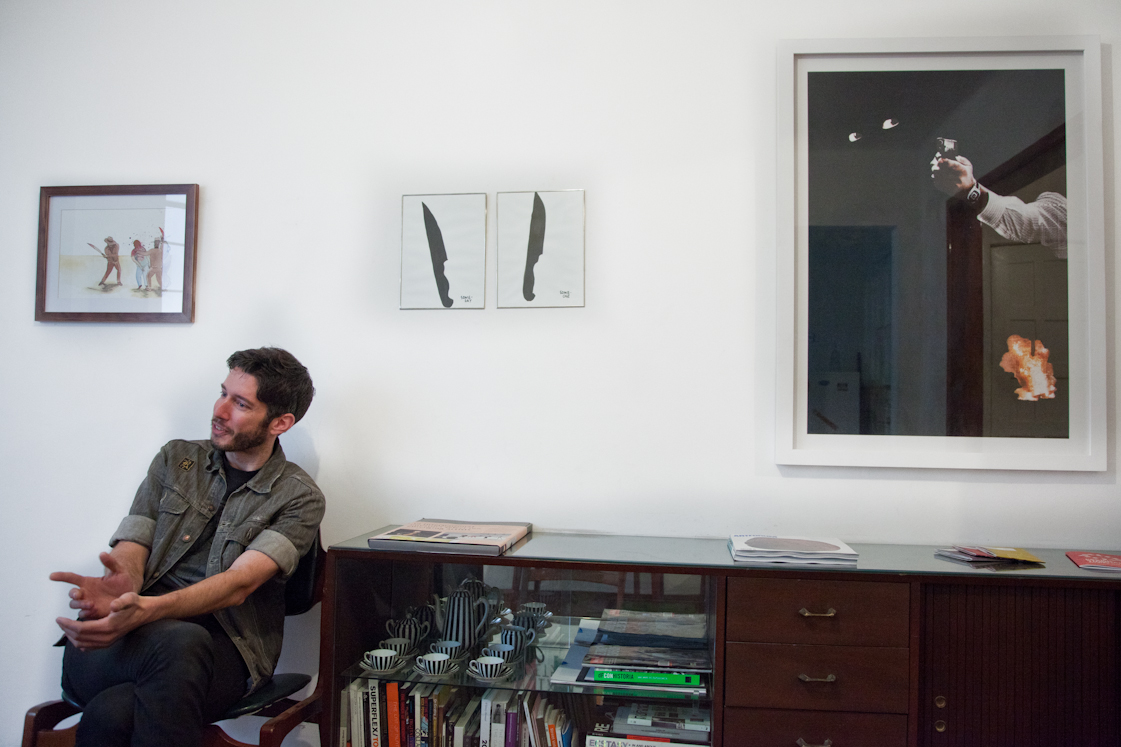
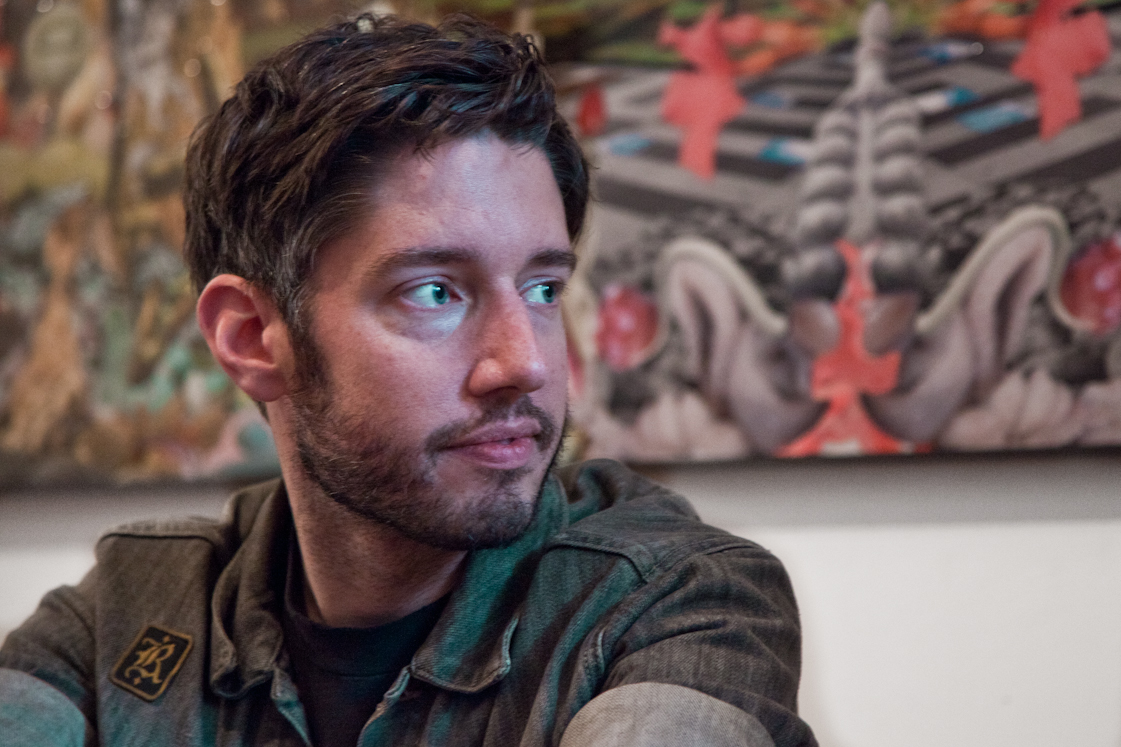
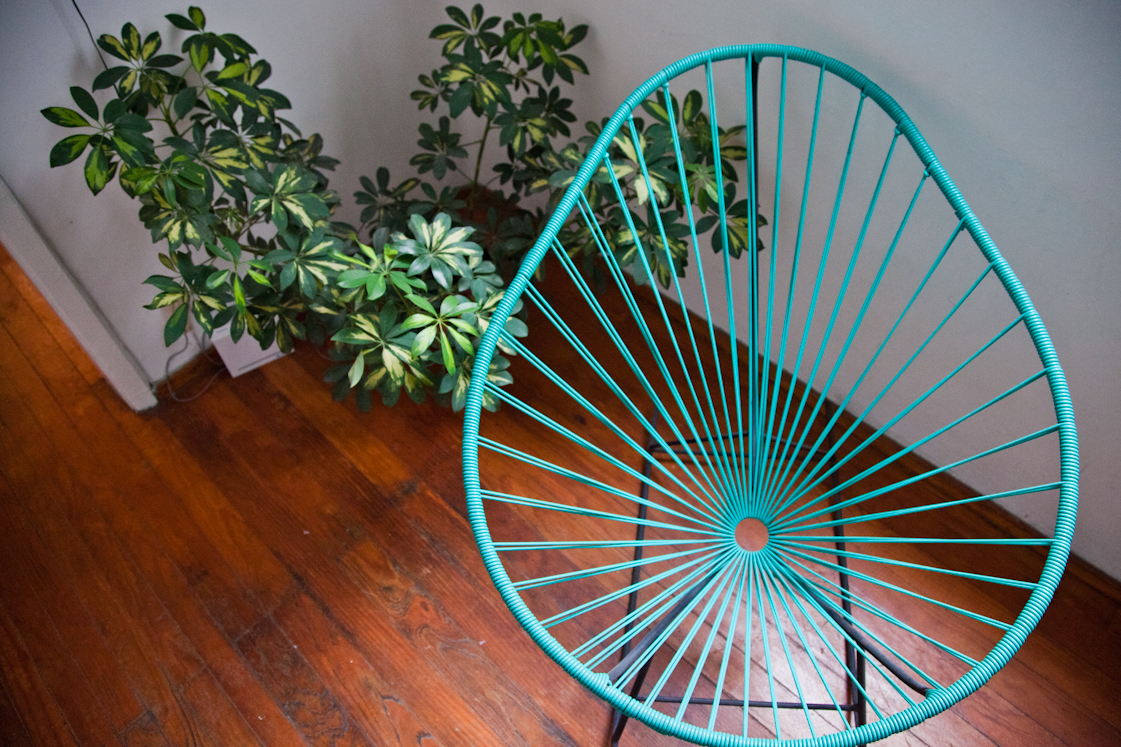
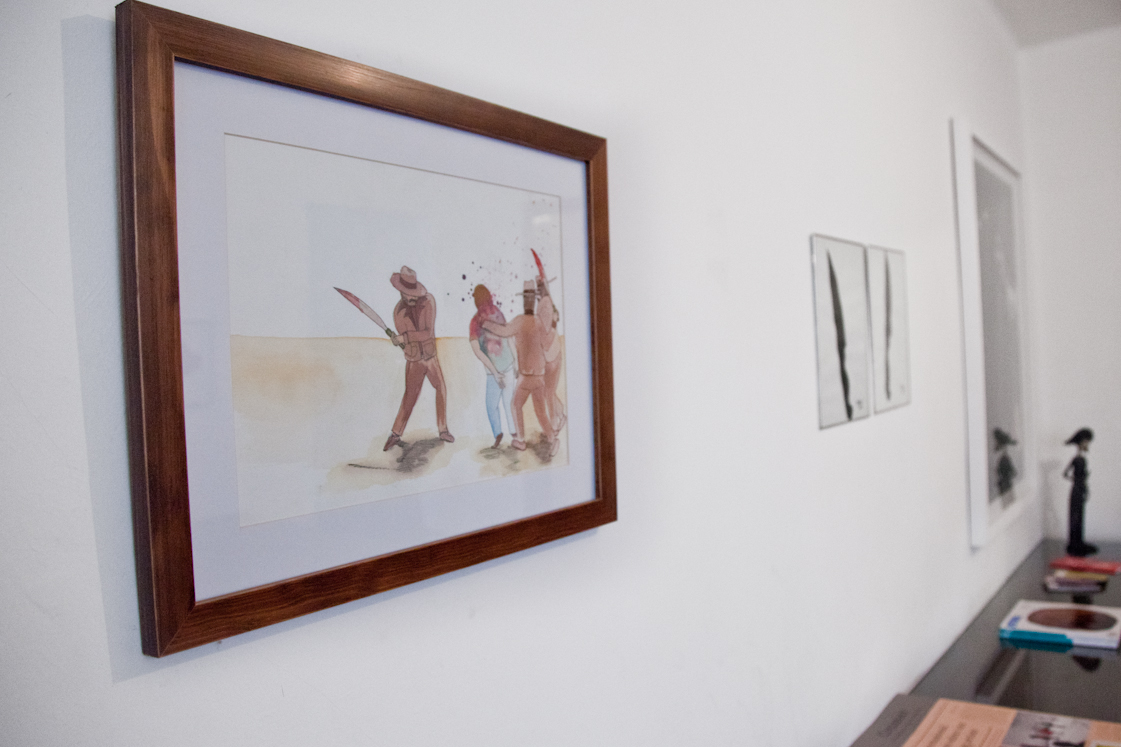
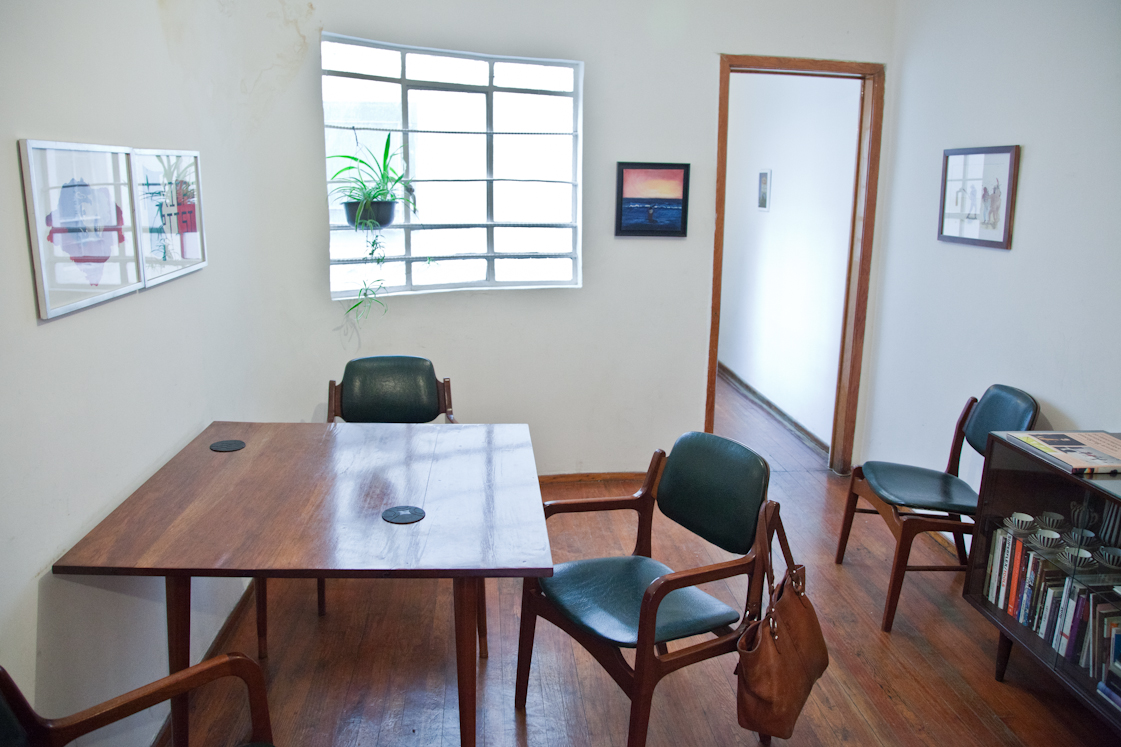
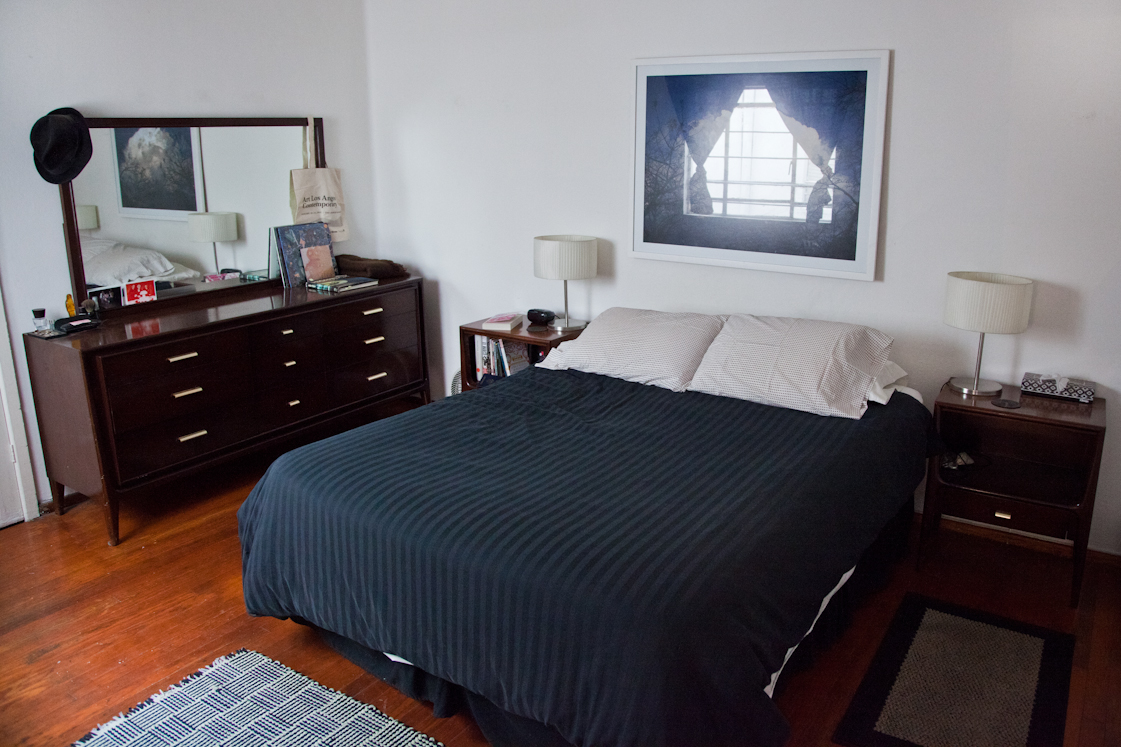
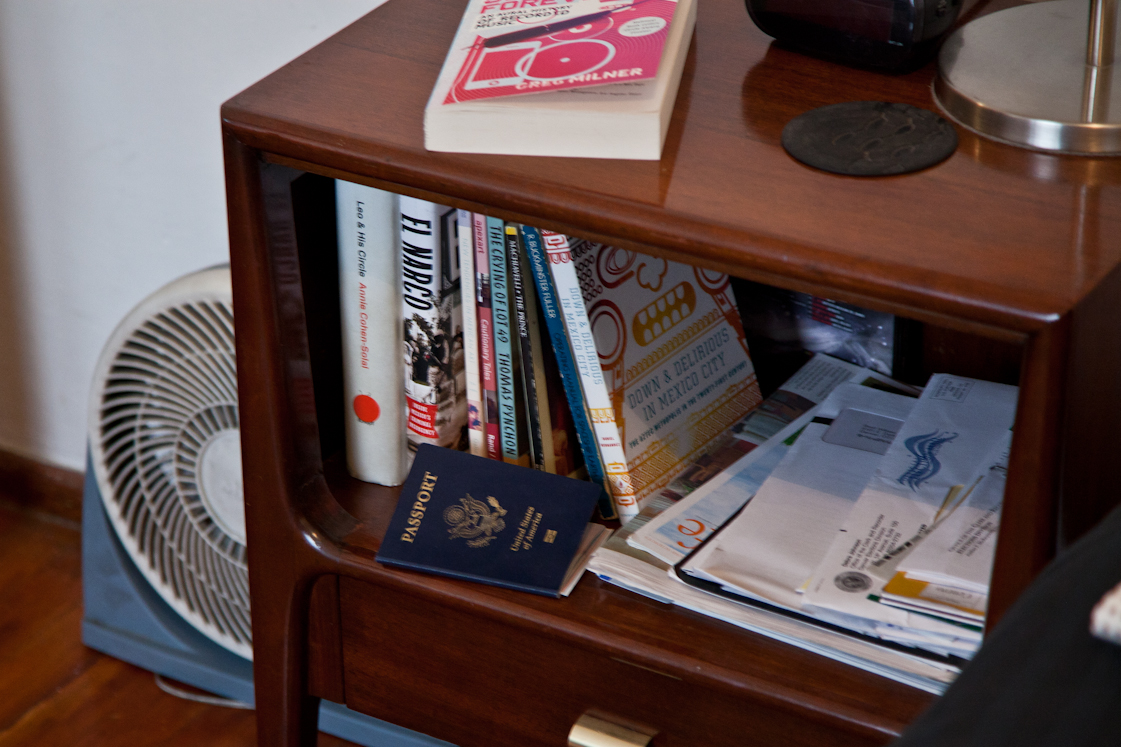
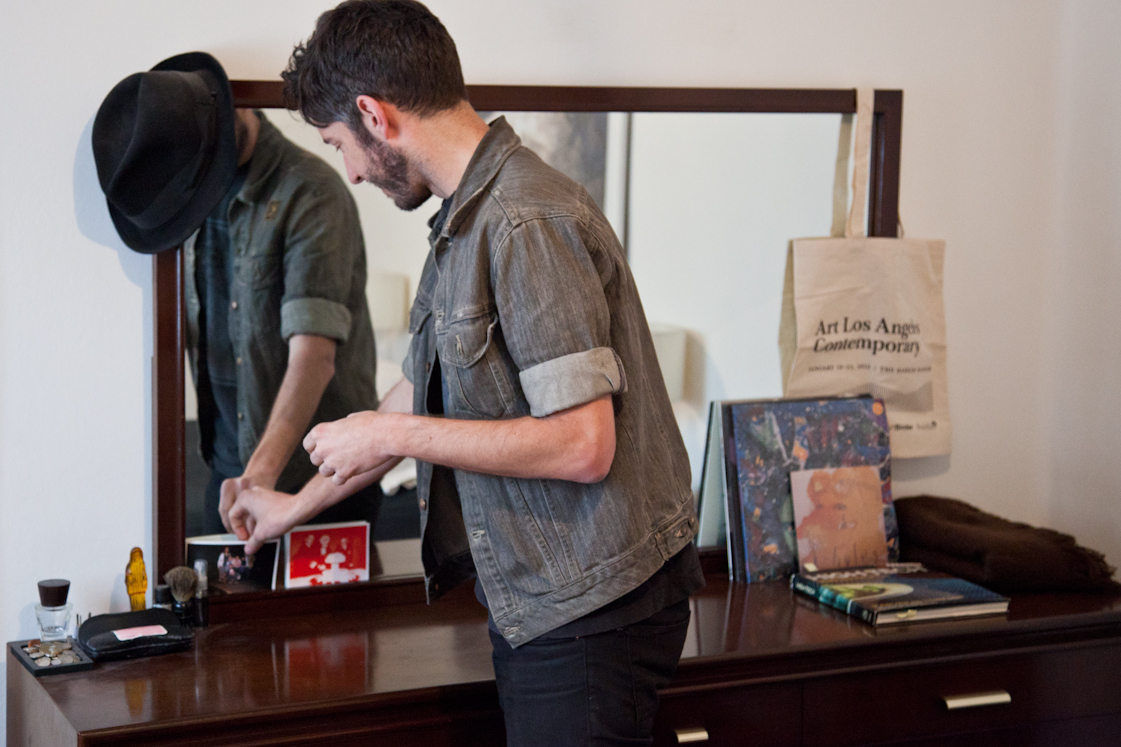
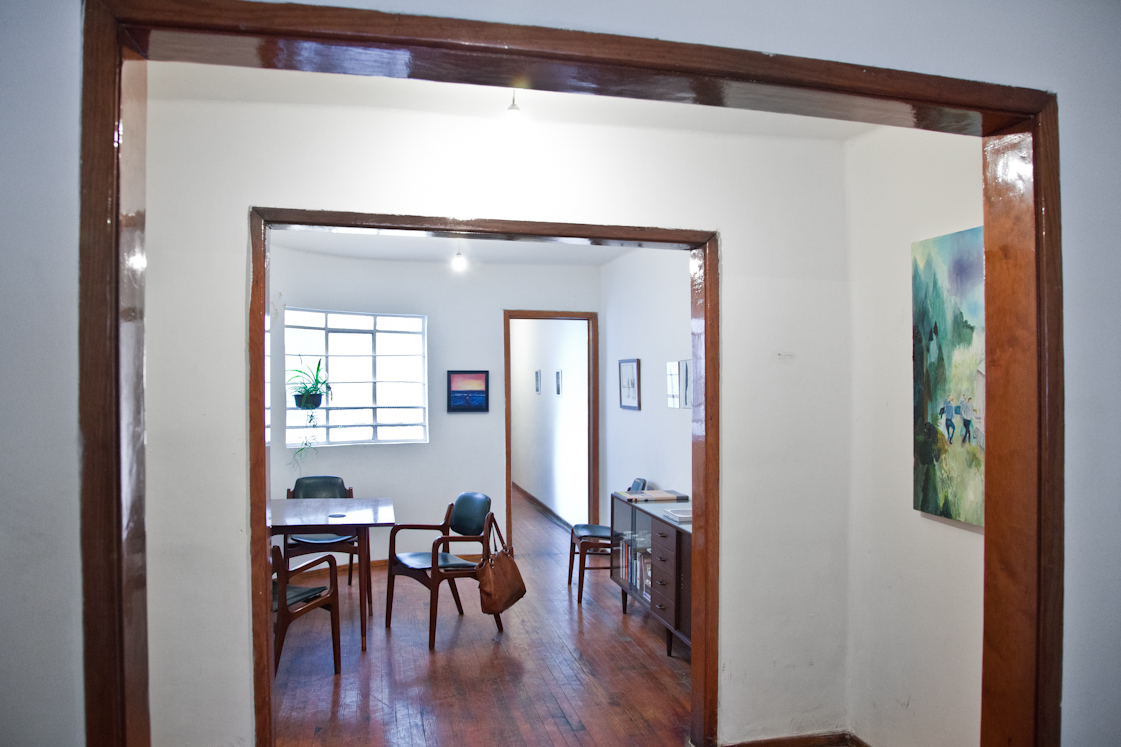
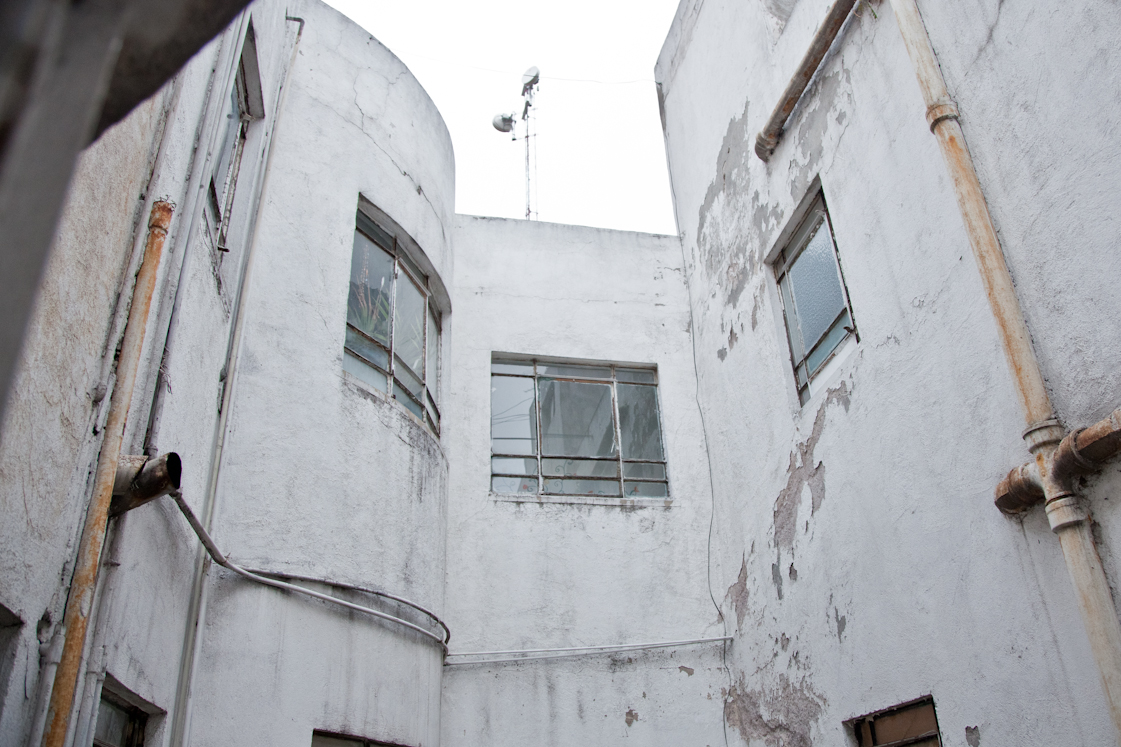
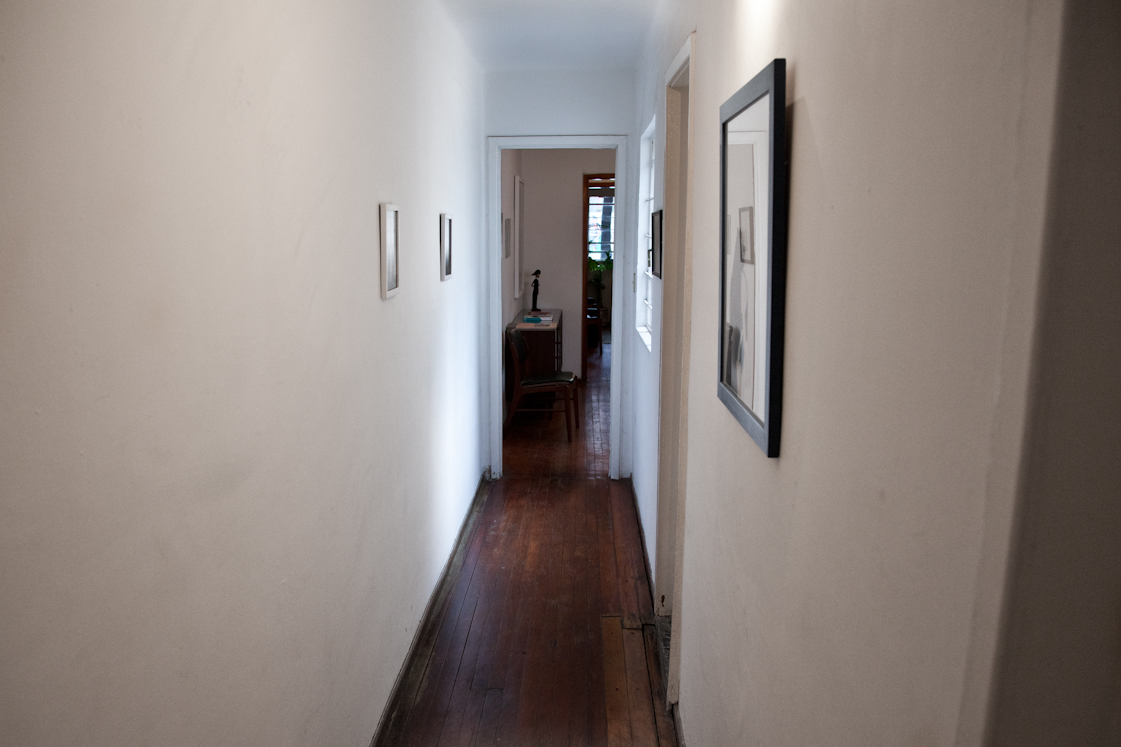
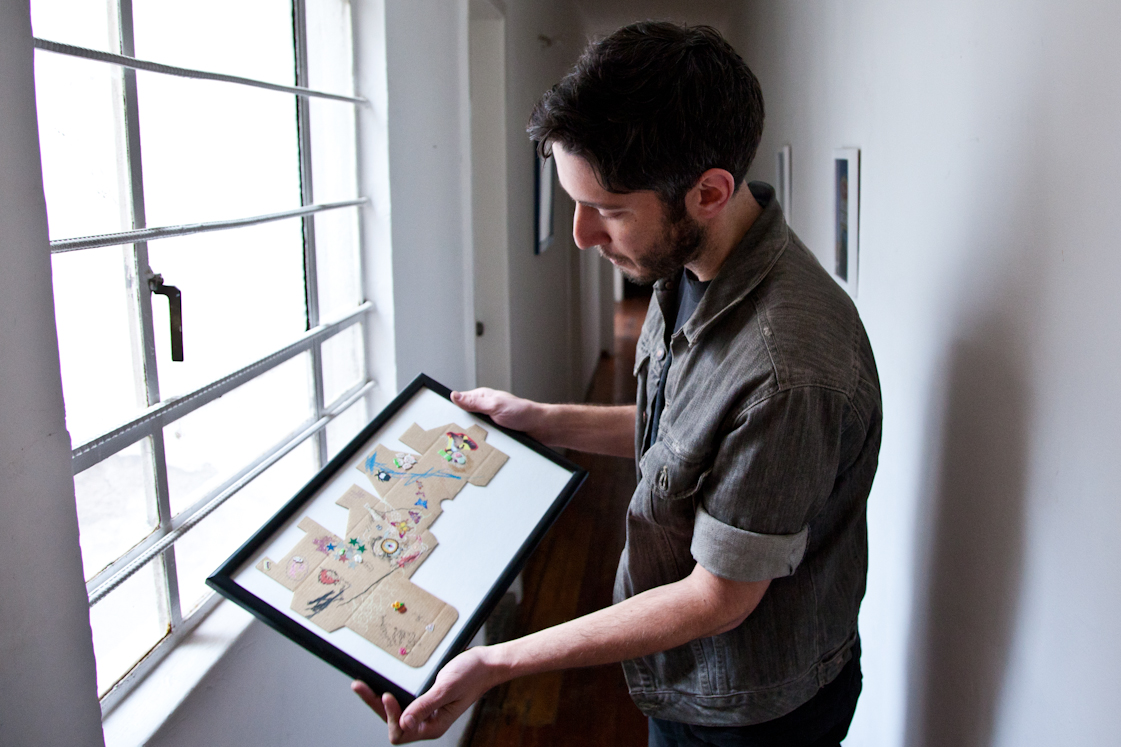
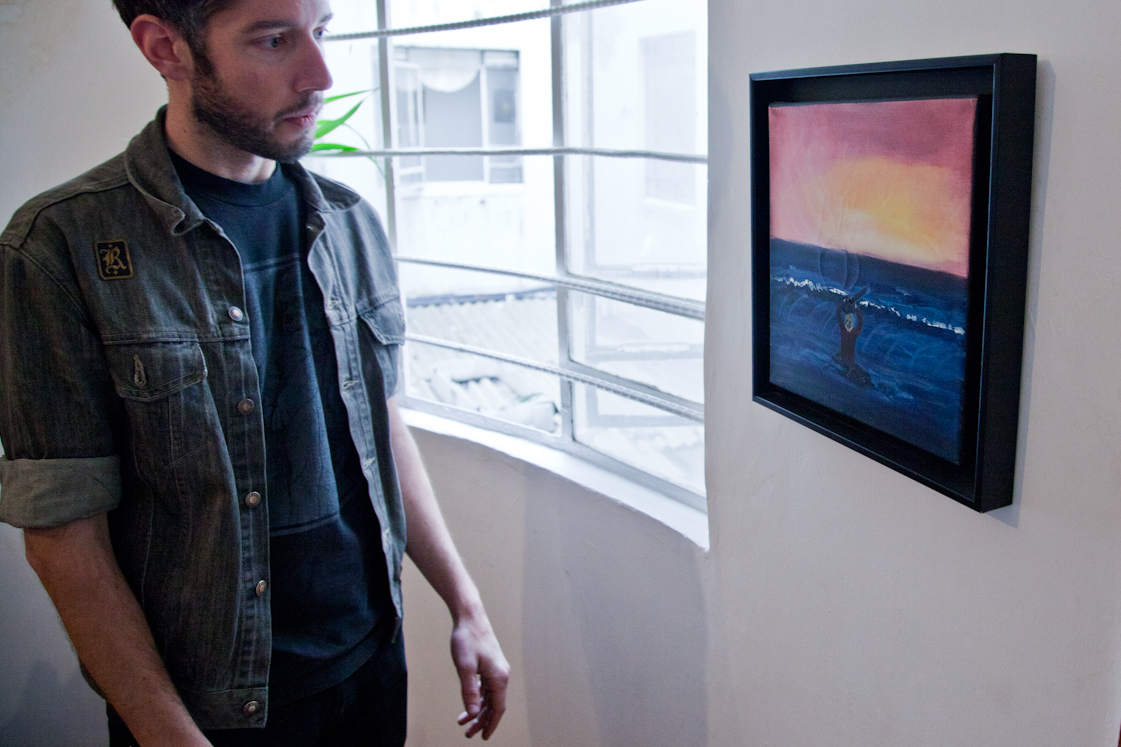
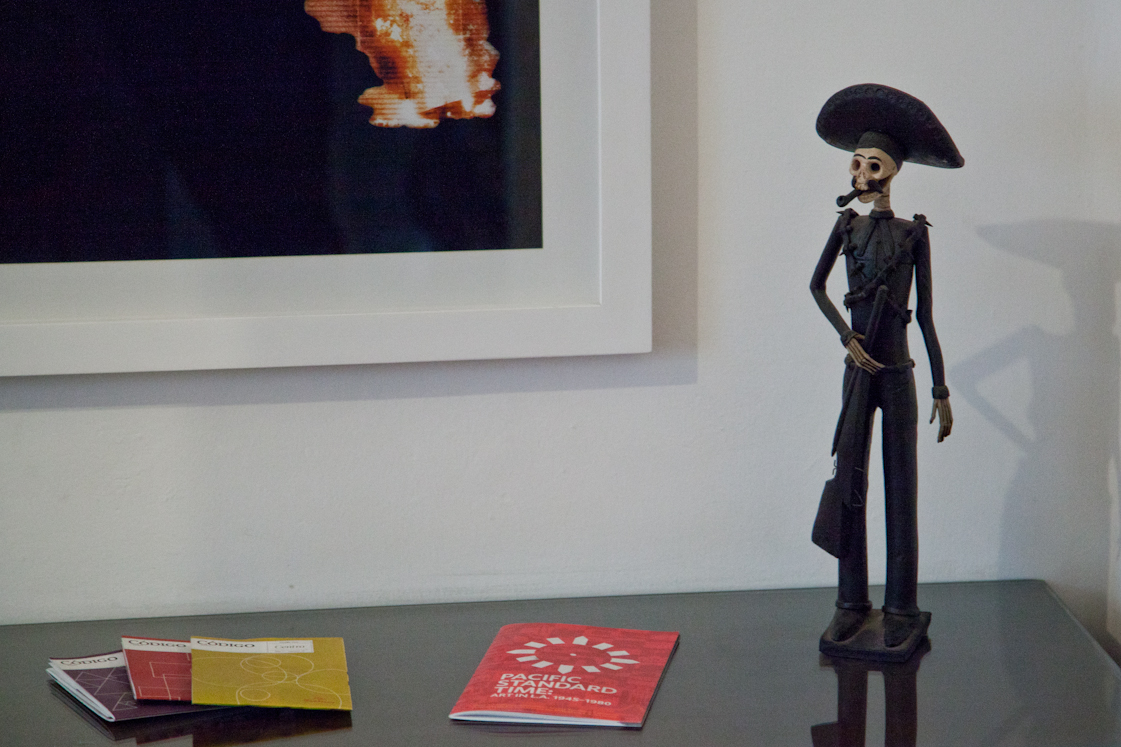
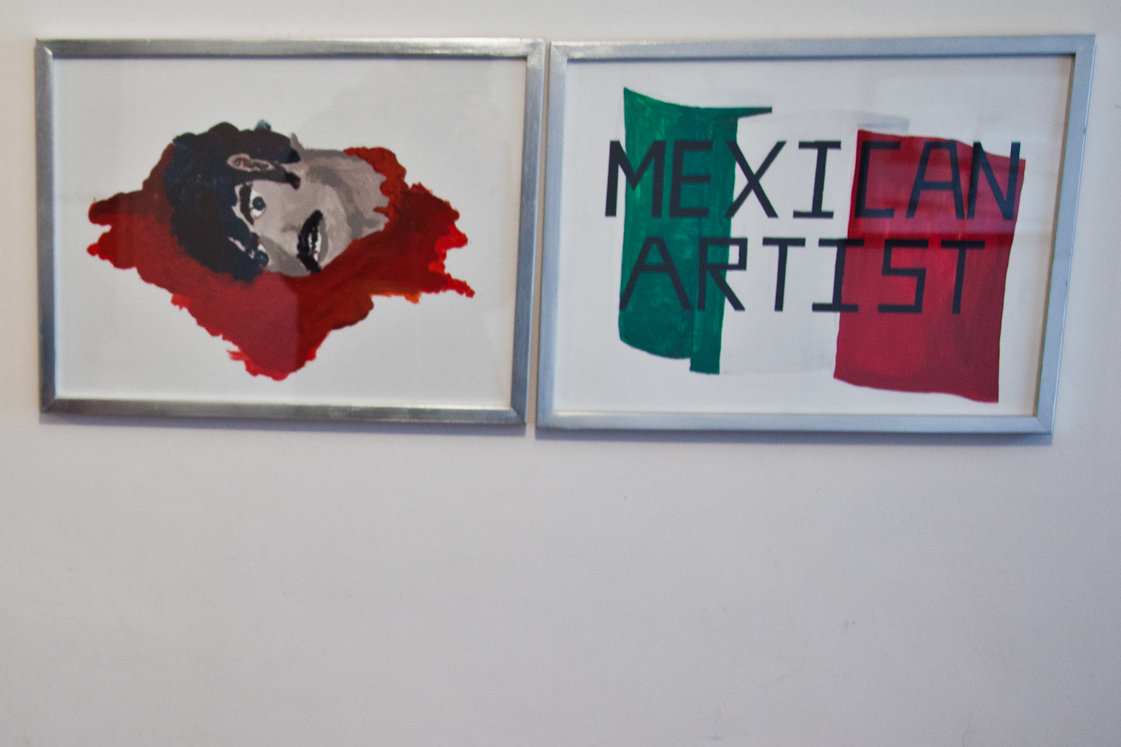
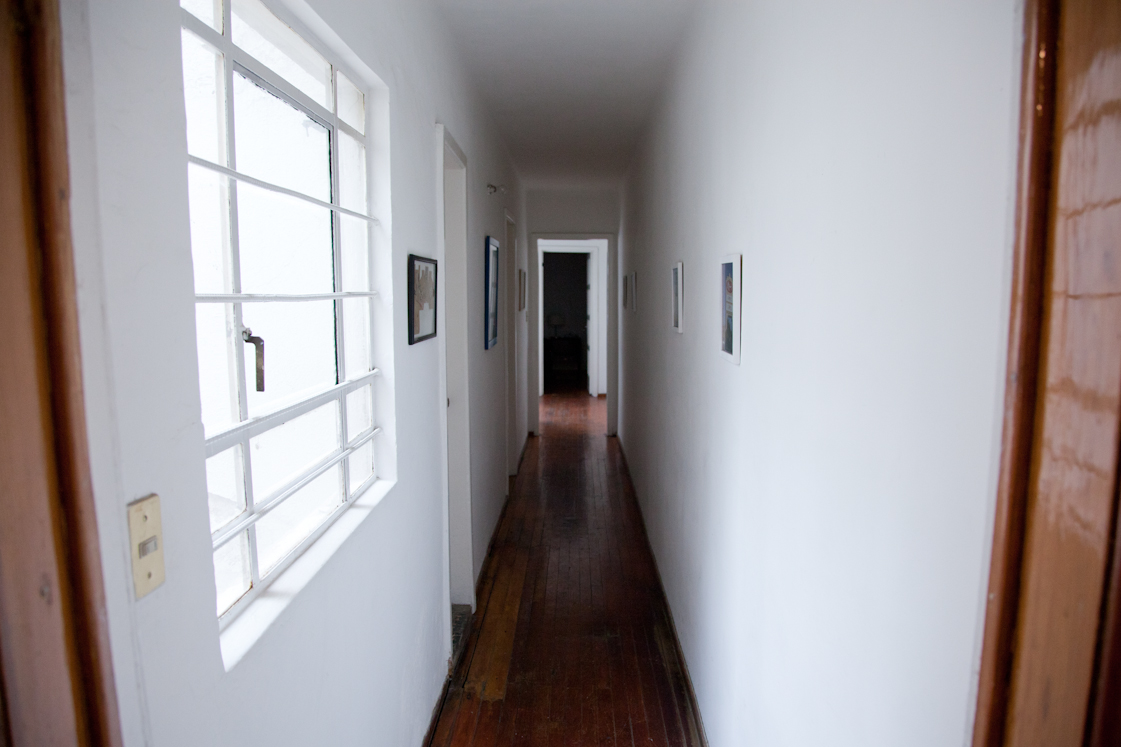
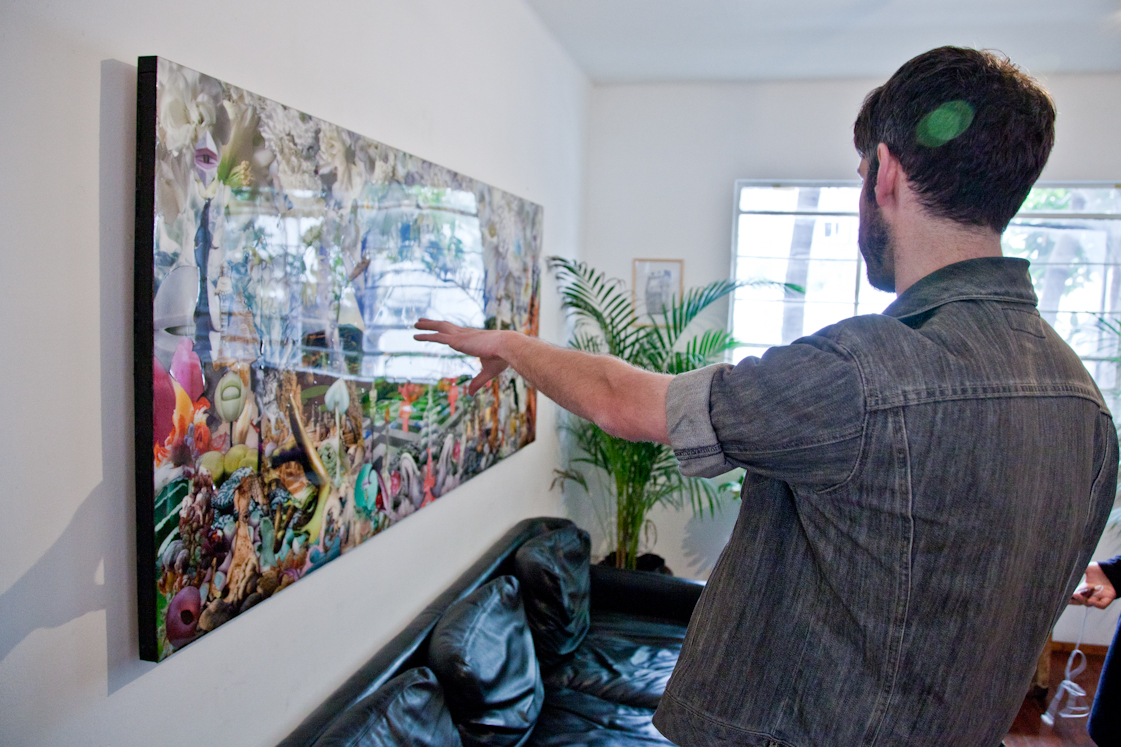
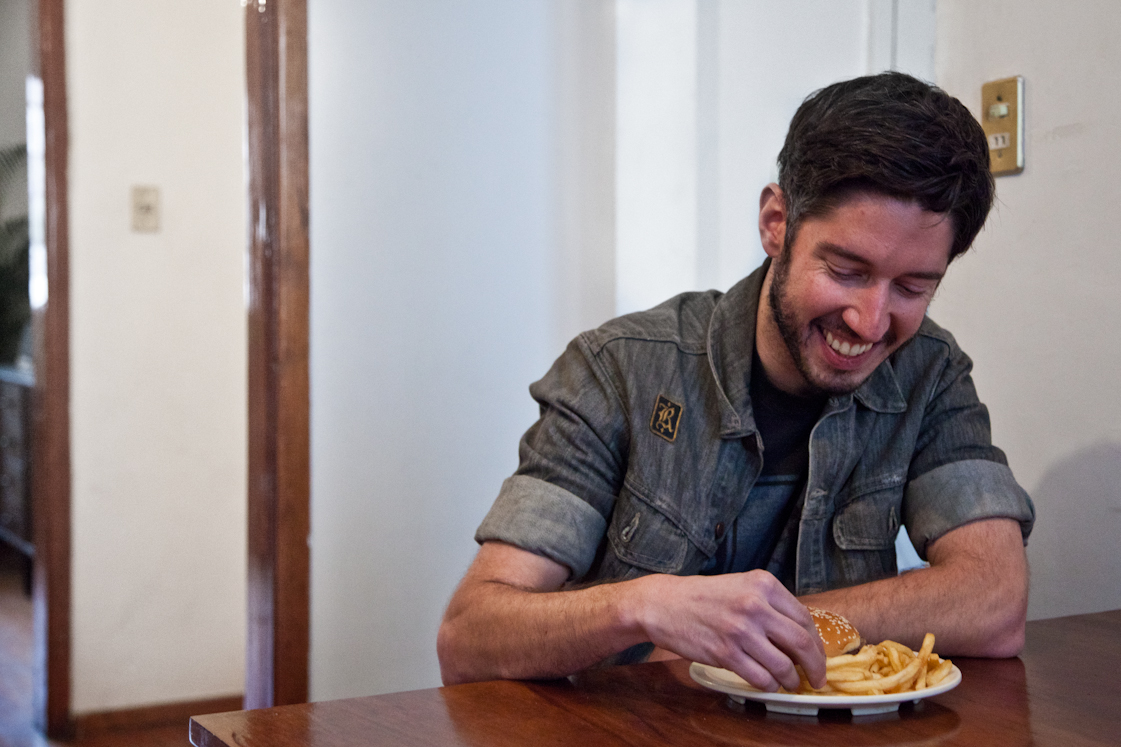
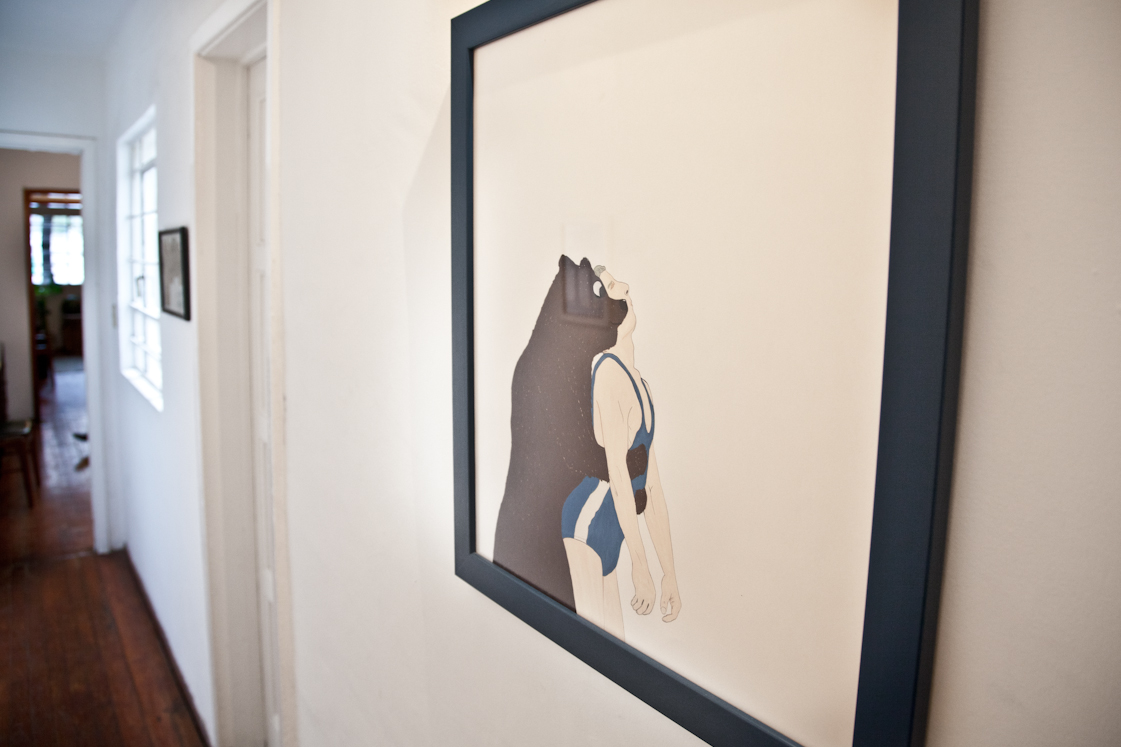
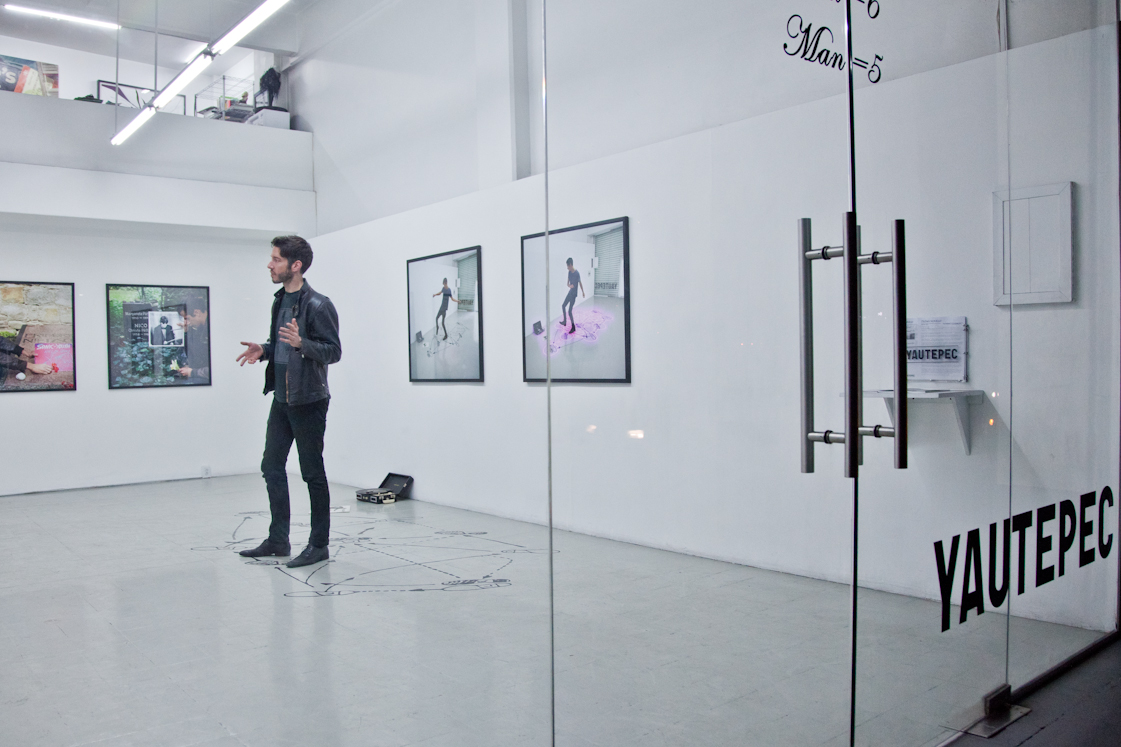
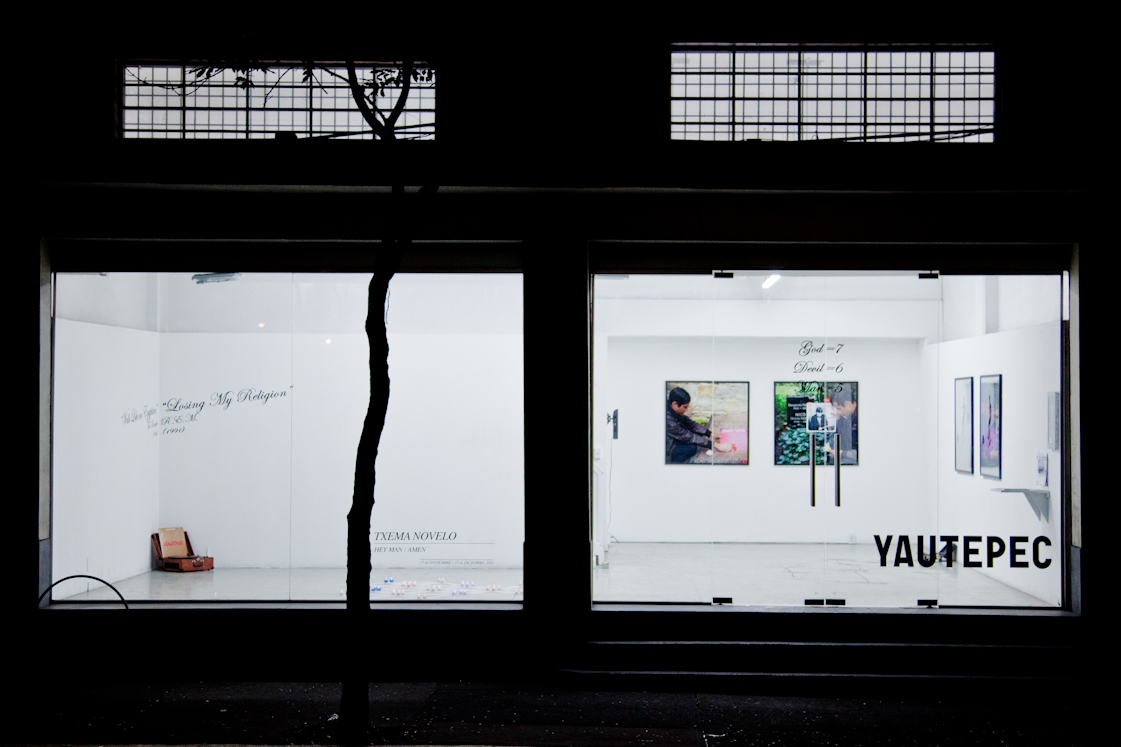
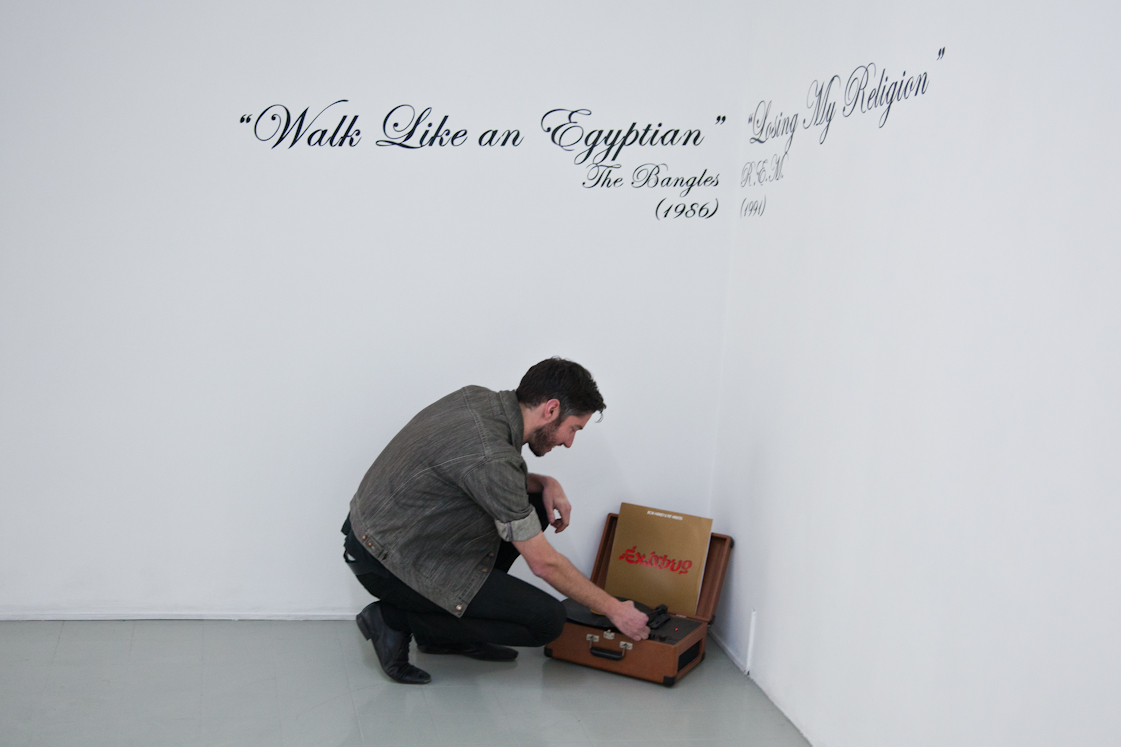
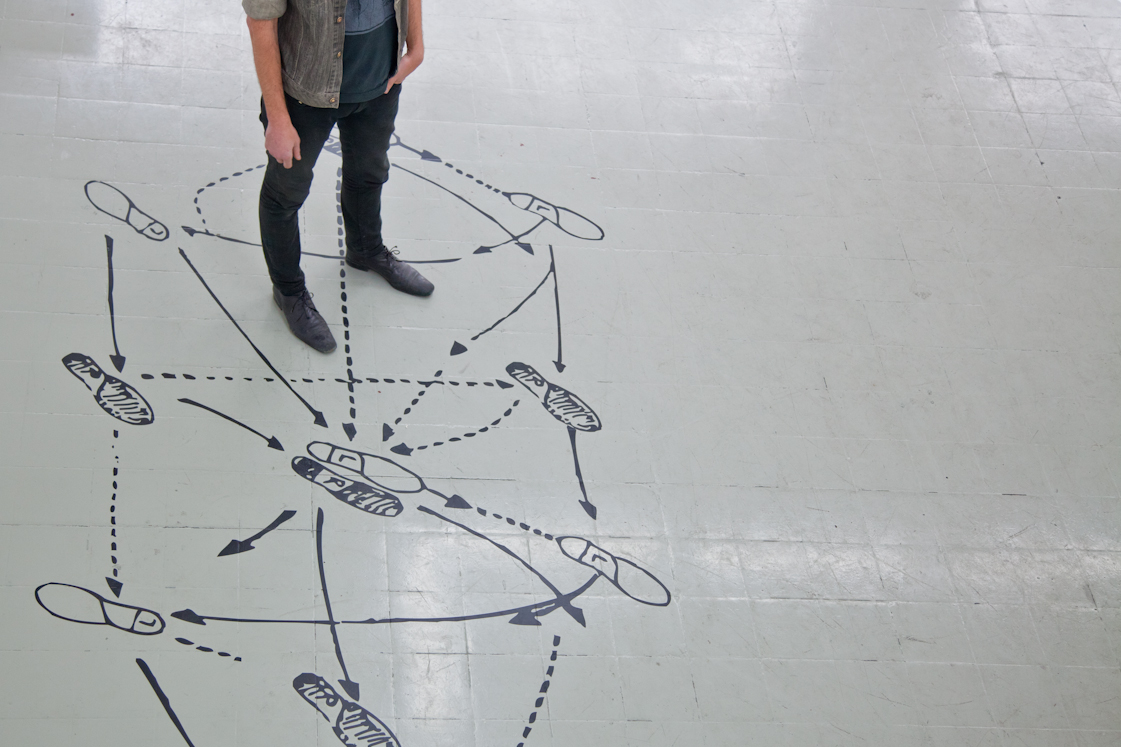
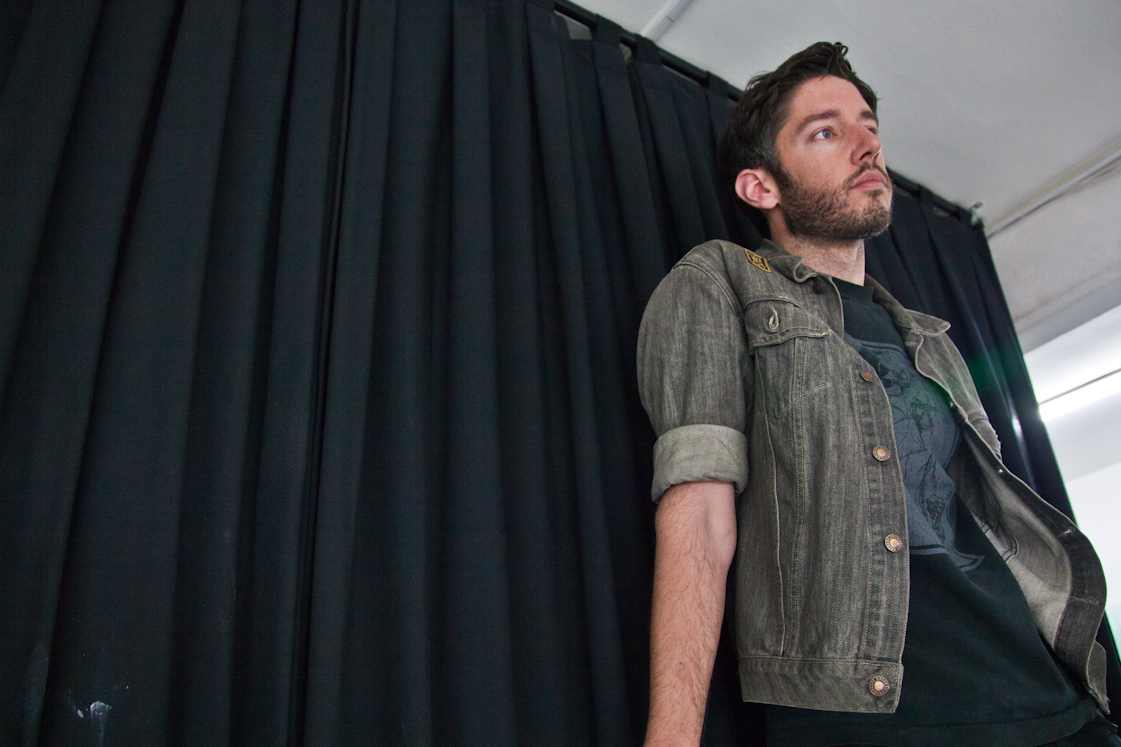
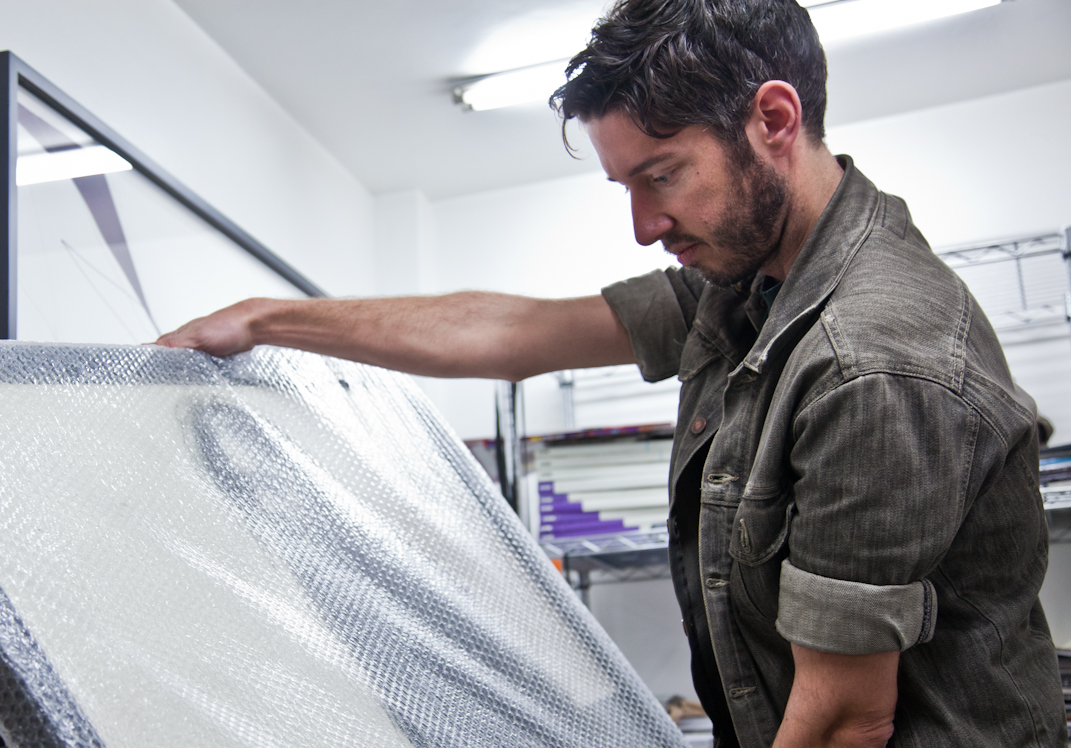
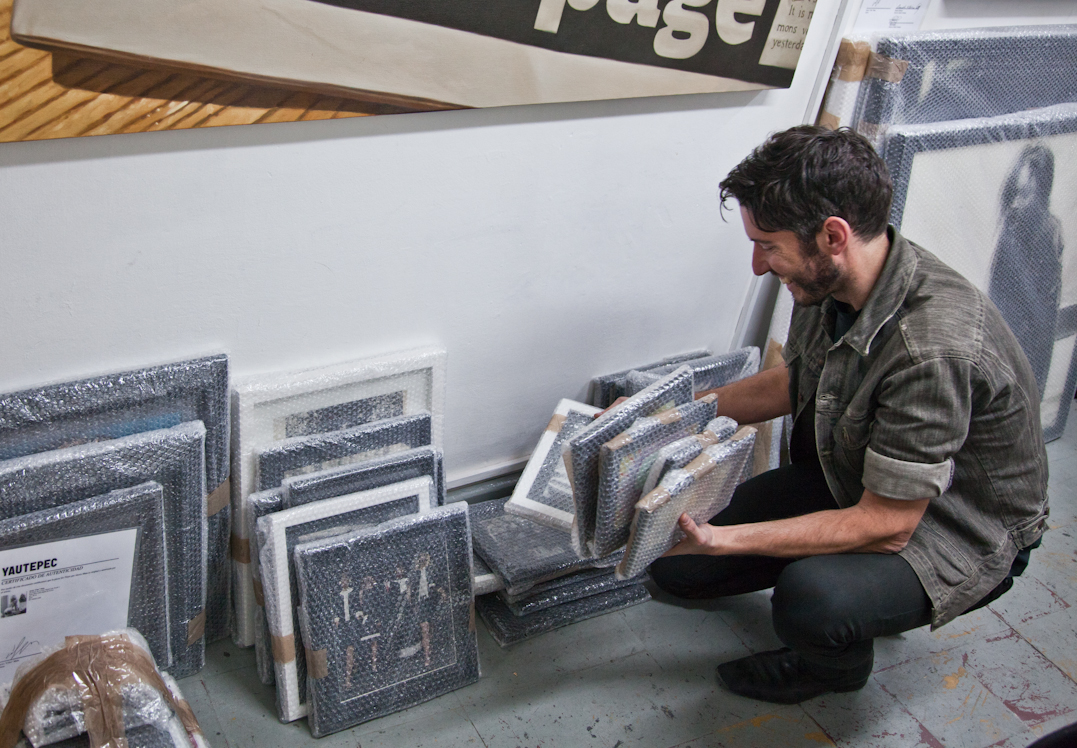
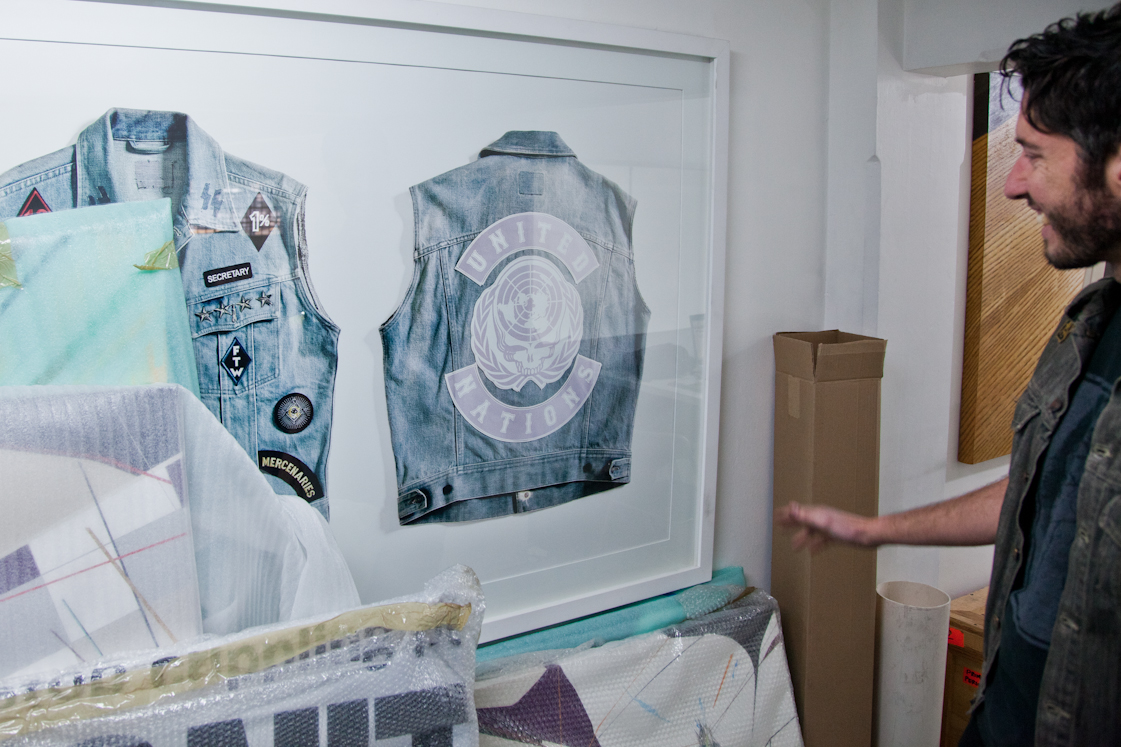
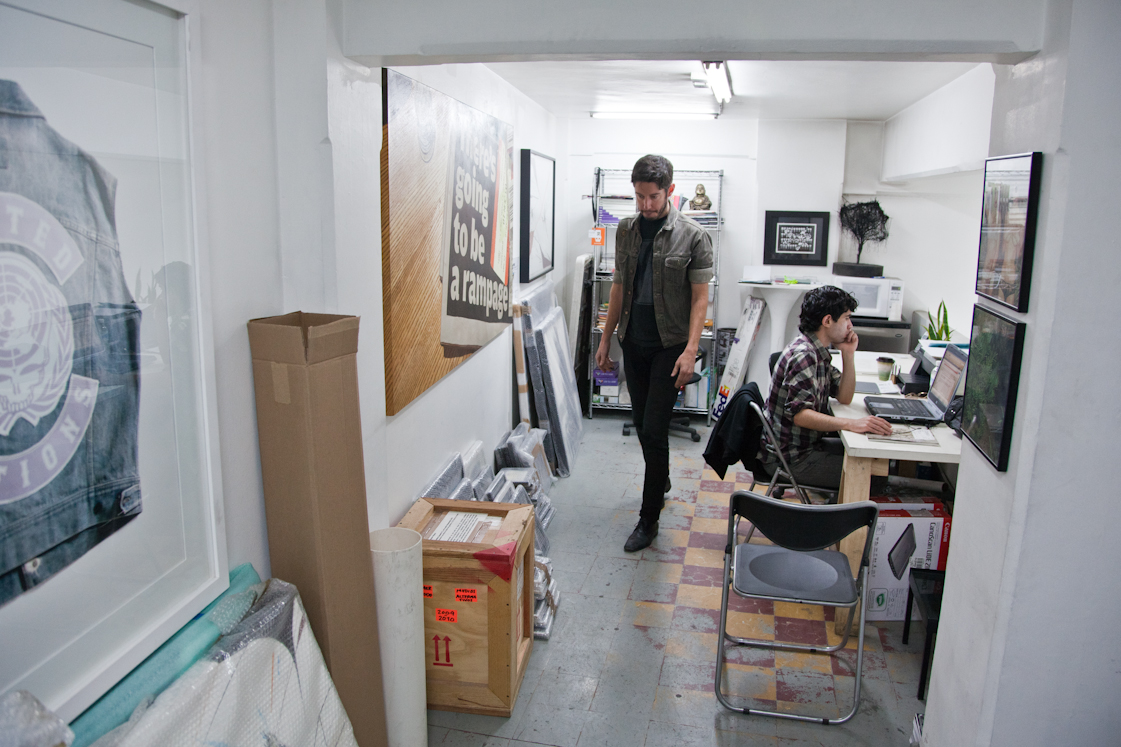
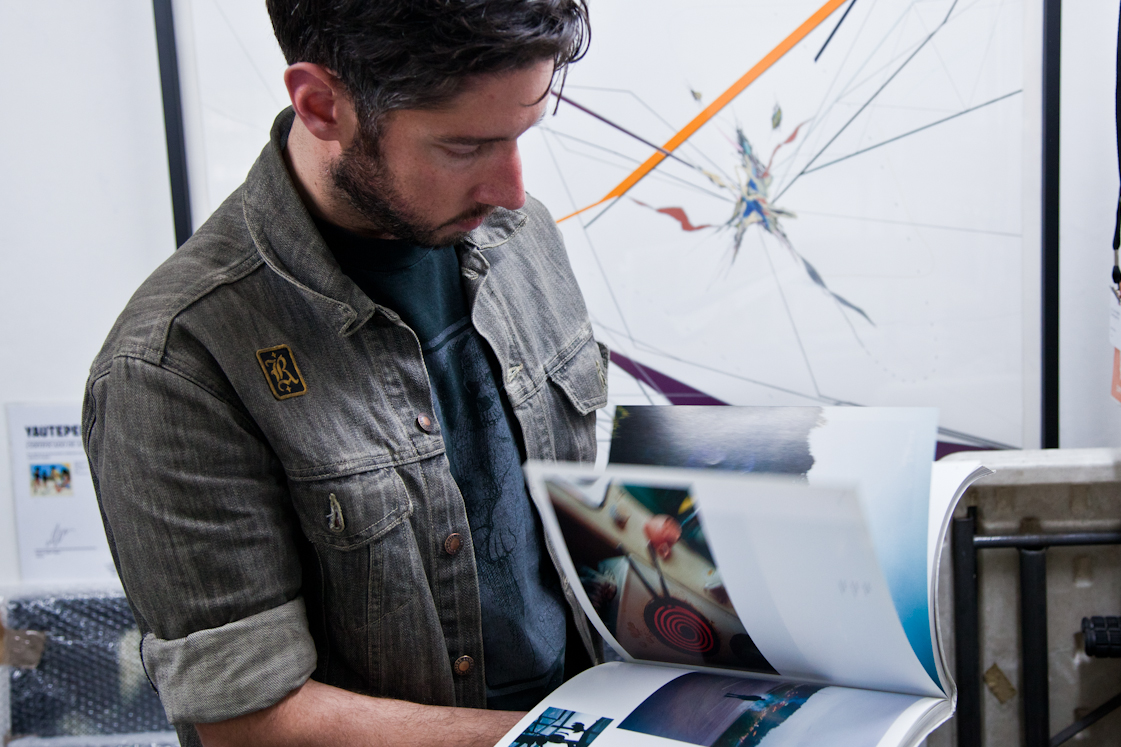
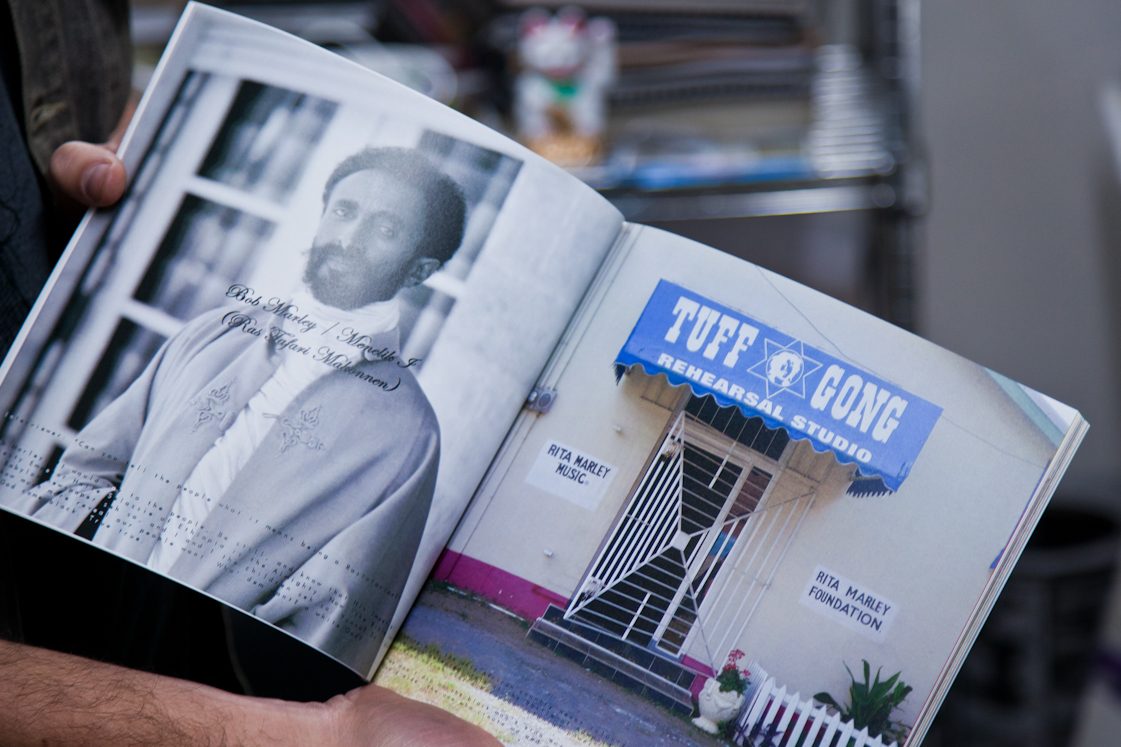
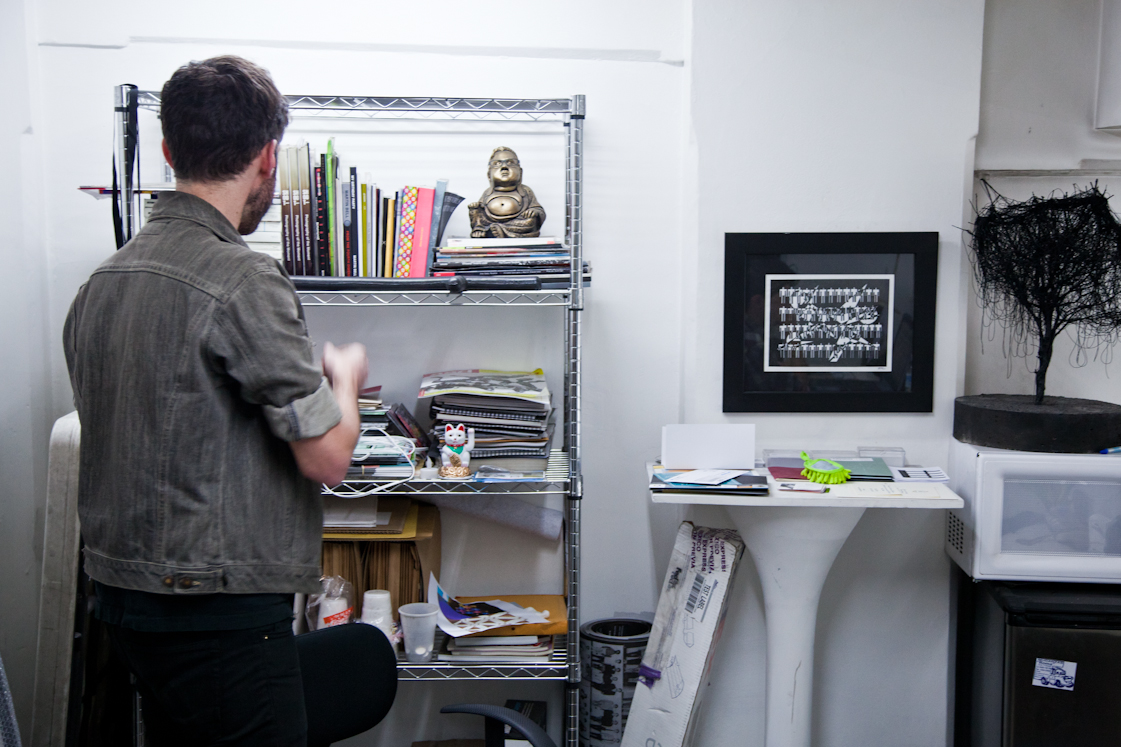
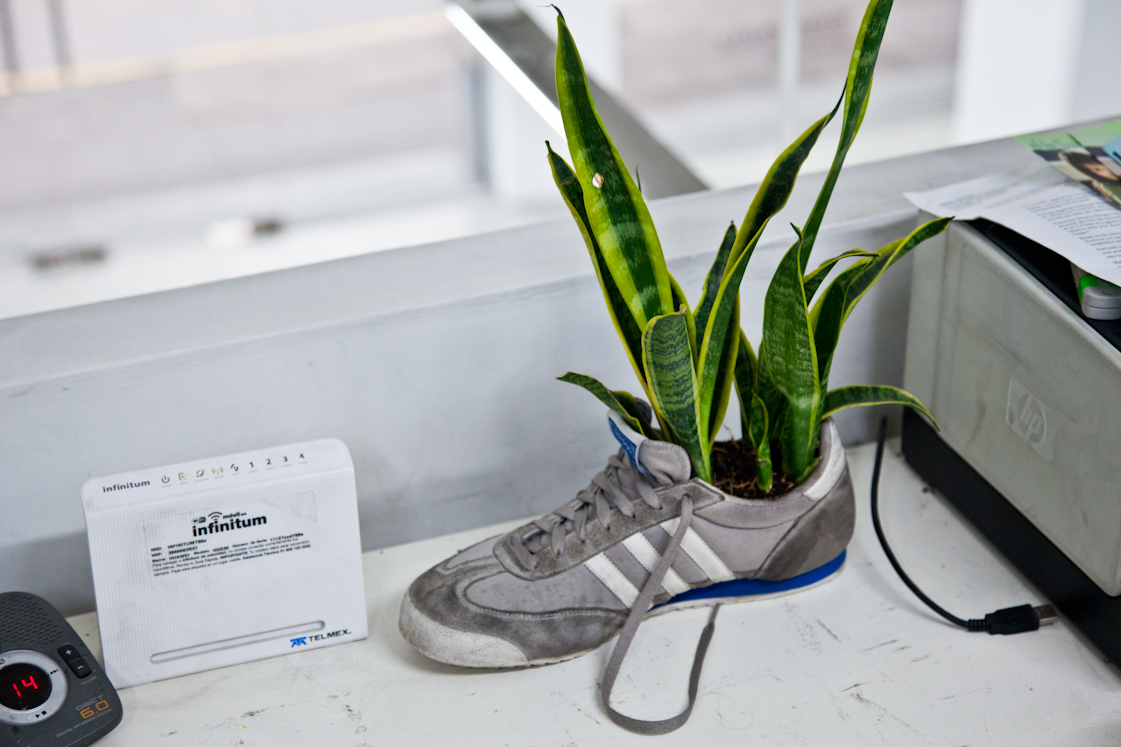
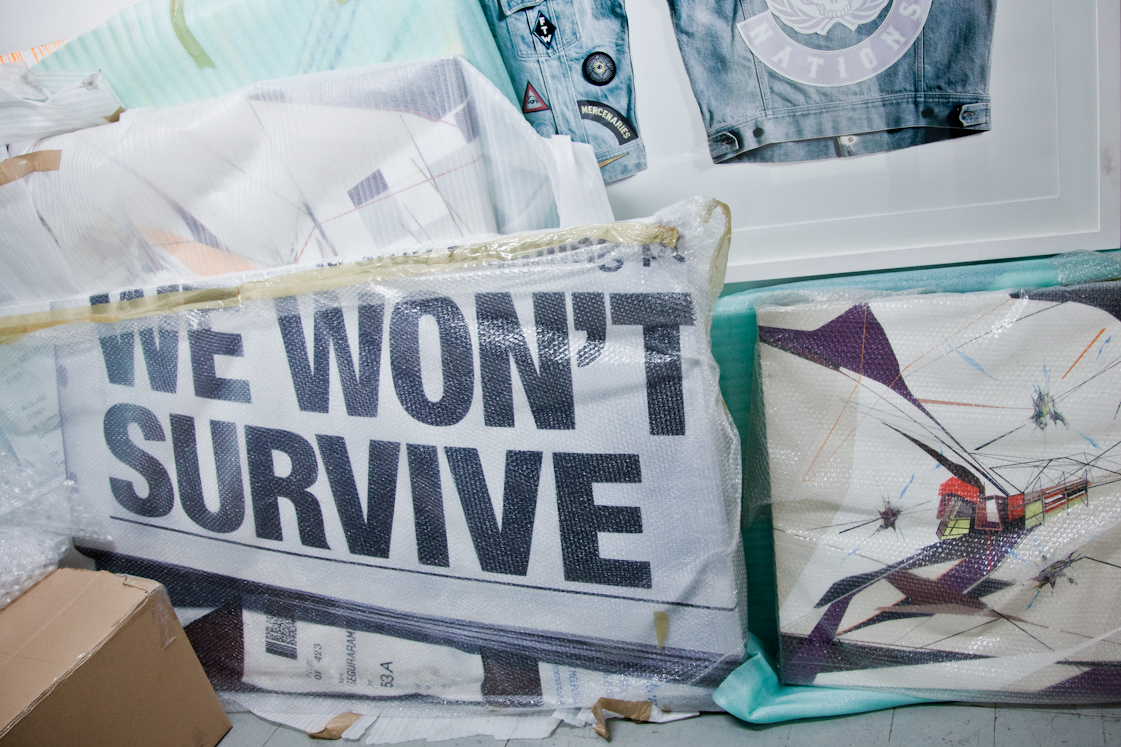
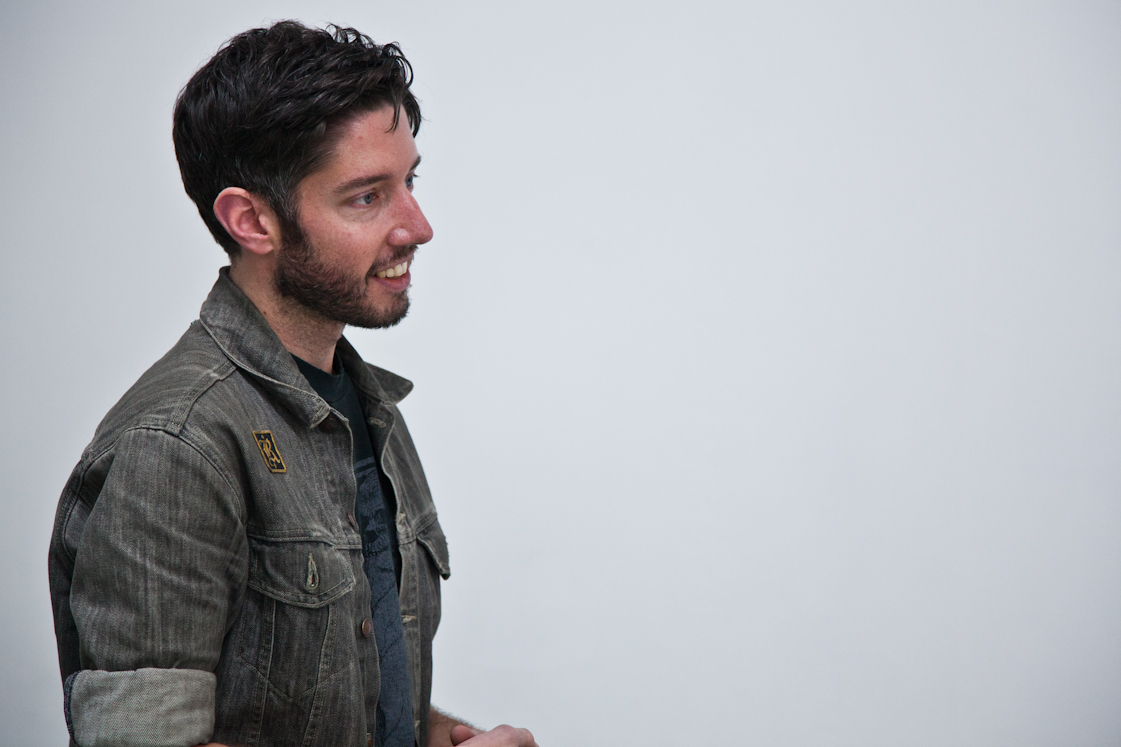
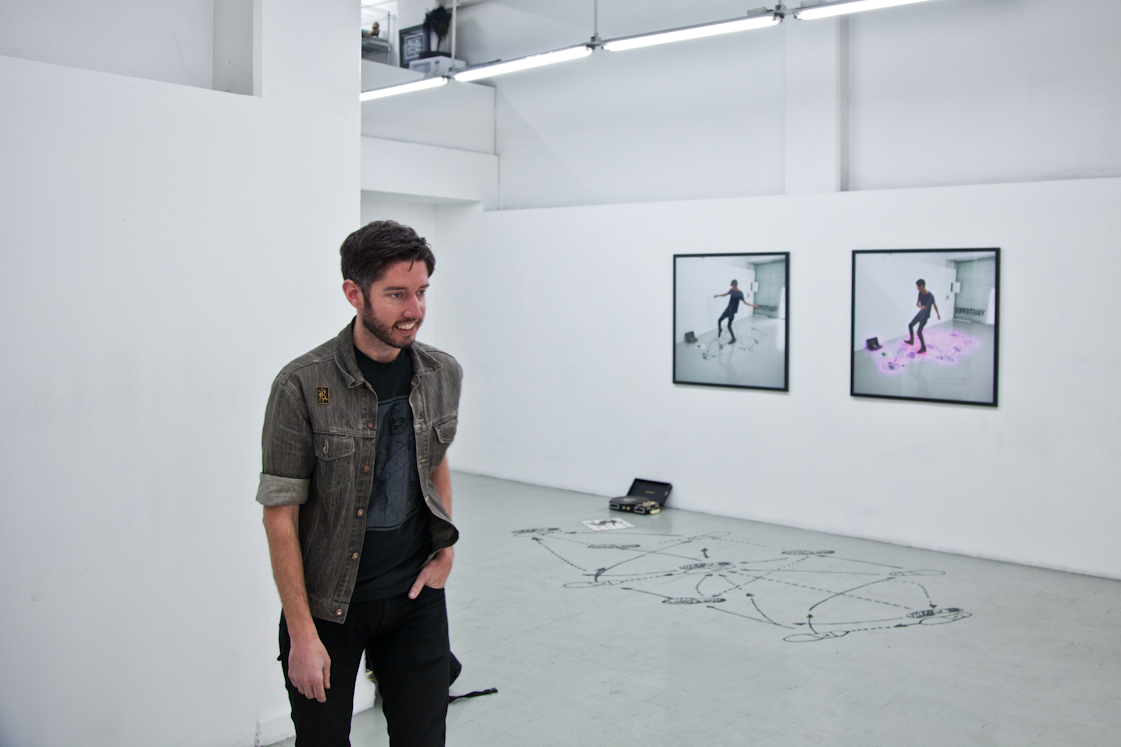
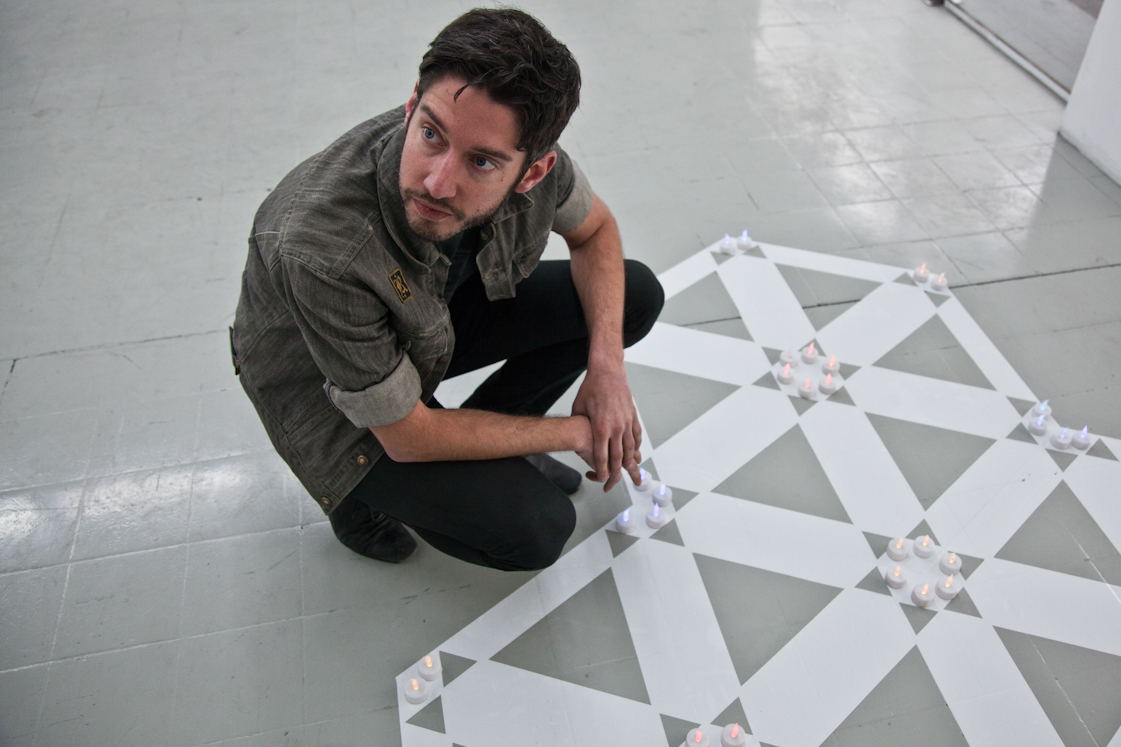
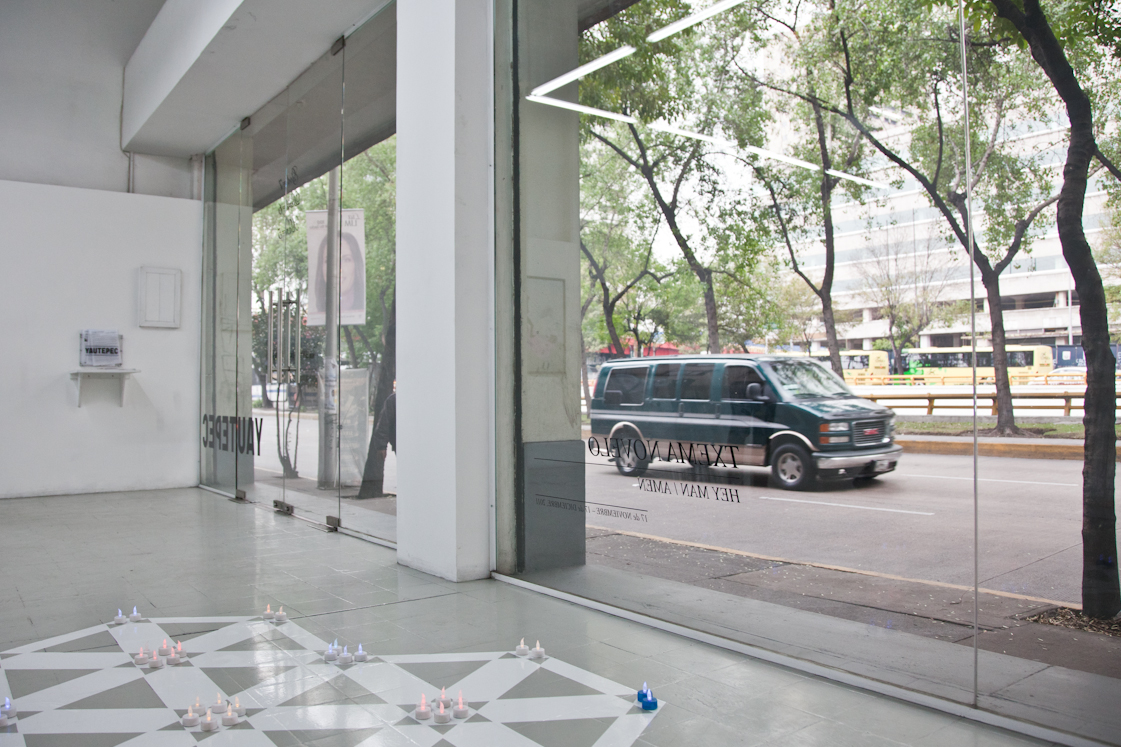
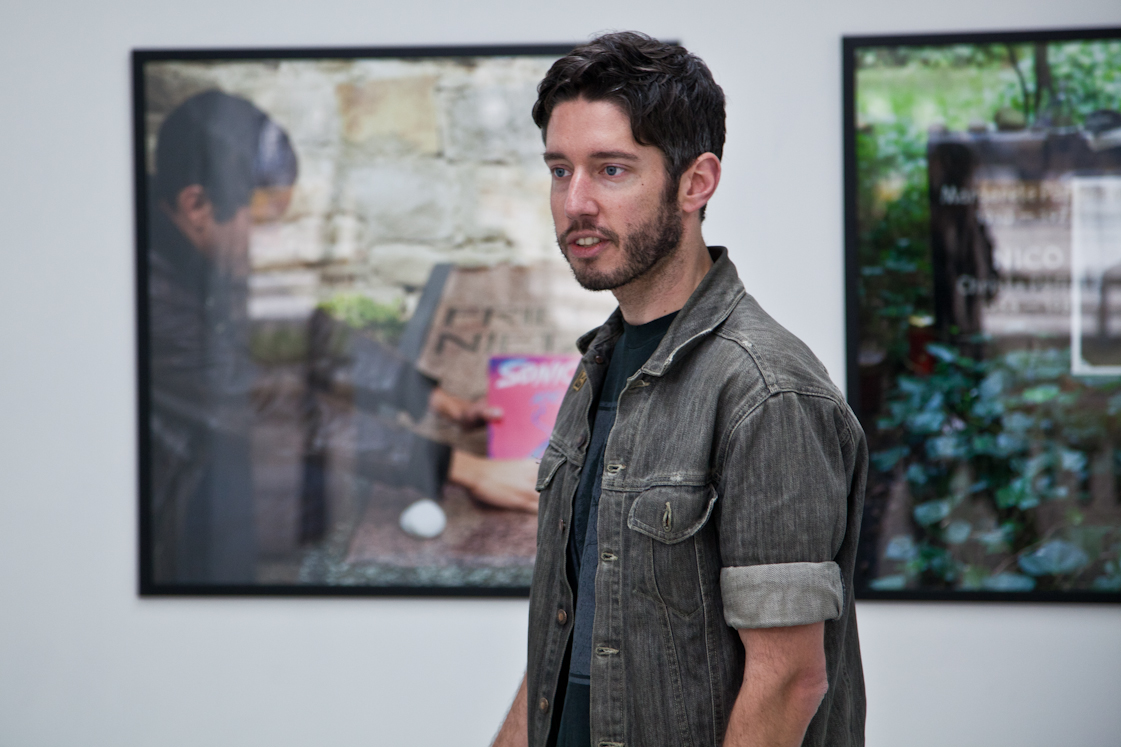
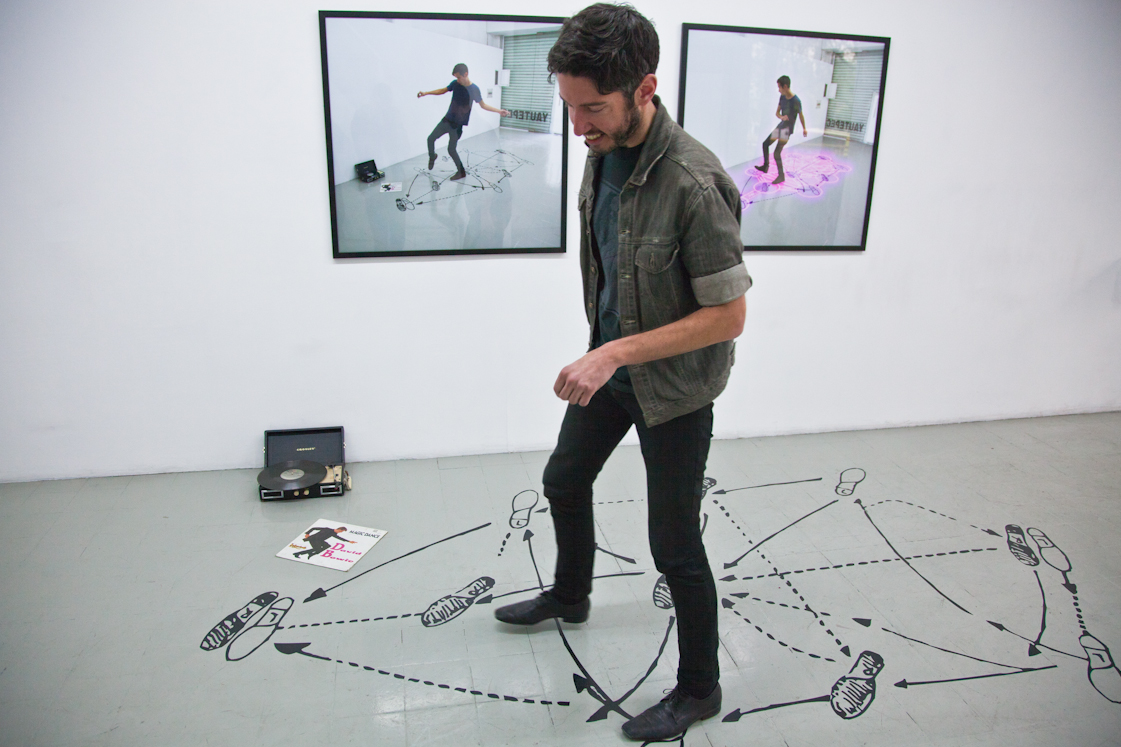
How did you start the gallery Yautepec?
Brett: Daniela and I met in New York when we were both in graduate school, I was at NYU and she was at the New School. Daniela was studying on a Fulbright scholarship, so she had to return to Mexico and Mexico City definitely seemed like the most exciting option to both of us.
Daniela: At that time, I was working in film production and Brett was more involved in web-based projects.
Brett: Yeah, we had a friend named Tatiana Musi, whom we had met in New York, but she was from Mexico City. Her family had this old but pretty abandoned house in the Condesa neighborhood and she was interested in starting an alternative exhibition space there. She asked us if we wanted to take part and obviously that was something we couldn’t miss. The house was on a street called Yautepec and so, lazily, that’s how we eventually arrived at the name for the project.
Daniela: We went to see the house and, basically, it had not been used in 10 years. It used to contain offices and a food production facility for a taco chain, where they used to make salsas and all that.
Brett: We started doing shows right away. For the first show, we collaborated with Proyectos Monclova, since they didn’t have a physical exhibition space at the time. That show, and the following one, allowed us to fix up the house a bit and from that point on we started to run with our own program. The first couple of years were crazy, because we were doing an opening every month. It was an aggressive schedule, really tiring but fun. Eventually though, we realized that if we want to do shows the right way, we can’t be doing one every month.
How would you describe the concept behind Yautepec?
Daniela: In the beginning, we were not a commercial gallery. We were more like an exhibition space, who showed friends’ works — people we knew from New York, Mexico City, Monterrey, Puebla. People like Artemio, Ruben Gutierrez, etc. It was a mix of emerging artists and a few, slightly more recognized ones. But basically they were all our friends. We started to formalize things little by little, but the urgency to sell didn’t come until we had to move out of that house. Brett and I took over the operation ourselves, started to look for a new space, and essentially found the current space in San Rafael. We decided the commercial model could work for us, but we had very little idea of what we were actually getting into.
Brett: But we had perseverance.
Daniela: To be quite honest, we received a lot of valuable support and advice from our fellow gallerists, like Jose from Monclova and Fernando from Gaga.
How long has it been since Yautepec started?
Brett: Four years. At the beginning it was quite the social scene, the openings were like parties — everyone we knew, people that we would get to know — like 400 people would come and get completely trashed. It was fun. Good times.
Daniela: We had a lot of one-night events, too. Adan Jodorowsky‘s first show in Mexico was at the gallery. He wanted to distribute his new album. He was a friend, so we put together a pretty psychedelic party for him — there were even midgets in tuxedos giving out jello shots at the entrance. He DJ’d and brought some Mariachis, who played two songs with him from his record. It was a memorable night.
Brett: Yeah, all the shows at the old space were really fun. But when the time came to move out, we decided to become a more formal gallery, represent artists, and tighten up the program.
What is your criteria when choosing a new artist?
Brett: We’re still working pretty exclusively with emerging artists. One exception is Robert Lazzarini, since he’s well established at this point. I think what we are trying to do is not only to support the work of younger Mexican artists, but also young international artists that could have an interesting impact here. But there is always the filter of our combined tastes. We seem to have a dark sense of humor.
Daniela: A filmmaker friend of mine noted there was no happiness in any of these shows, to which I responded, “Well, what do you think is going on in the world? What do you think these young artists are expressing?” This is what’s going on.
Brett: The dark side is stronger, it’s more seductive.
Daniela: I’m more satirical. Most of our artists are super prolific, we’re always paying them studio visits, always checking on what they’re doing elsewhere. We try to help them as much as we can.
You seem to have a very close personal relationship to most of your artists…
Brett: I think it’s important that the people we’re working with in this context are also people that we can go have a beer with and enjoy their company.
Which is certainly not always the case…
Daniela: And it’s very gratifying.
Brett: I mean we started at the same level as a lot of our artists when they joined up with us. It has been a process of growing up together, like a family. Many of our collectors are our age, too. They’re professionals who have a bit of disposable income, but they identify with the work that’s being made by their own generation. It’s also much easier to build a collection quickly when you’re buying the work of emerging artists, since it’s more accessible.
What sort of crowd does Yautepec attract?
Brett: We always have lots of students at the openings. I think we’re pretty well connected to younger currents in the Mexico City art scene. We also vary up the program nicely with one-night events from time to time, where we’ve had bands play like Jewels of The Nile, Soft Metals, Teengirl Fantasy and others.
Daniela: That specific program is called Closed Curtain Nights. The gallery is a storefront space and so for those events we close the front curtains and limit attendance to 100 people to make it a nice intimate party.
Brett: Overall, I think there is a pretty strong connection between the art and the music in terms of what we show and what we like. A lot of our artists’ discourses heavily reference music, like our current exhibition by Txema Novelo, whose work is all about music. In terms of our audience, like I said, we get a lot of students but also young curators, creatives. Mostly a Roma-Condesa crowd. Even if we’re no longer in that neighborhood, they’ll still come out. I think our proposal is solid, it’s interesting and appeals to them.
How have you managed to sustain the same youthful atmosphere?
Brett: Well, openings are generally the kind of drunken affairs, especially in Mexico City. They start late, they go late. It’s not like a Chelsea opening, where you get there at six, have a glass of wine and move on. People tend to stick around here. It’s a reunion, everyone else you know is going. It’s a small world here, between the worlds of art, literature, music, and magazines — people involved in culture, really — everyone knows one another and there are great opportunities to collaborate. If you’re just mildly social, you’ll end up meeting a lot of people.
Daniela: There are 23 million people in Mexico City, so this is a very particular community that we’re talking about, people with access to culture. There are regularly tons of people passing through.
What do you believe is the draw of the city?
Brett: The draw is, well, that it’s a fucking crazy city. It’s full of amazing things to see, to eat, to experience. Everyone that comes here just falls in love with it, which is funny because it’s oppressively large and full of hellish traffic. But it does surprise me that Mexico City has not been as much of an ex-pat draw as Berlin. It’s affordable if you’re a creative person and want a decent workspace. I think it’s a relatively easy place to be ambitious and actually get things done, if you have some patience.
One really interesting project, for example, is a gallery called Preteen. It’s a gallery that, in a way, has grabbed much more attention on the Internet than it has as a brick-and-mortar operation in Mexico City. Very few people know about it here and it’s really just a tiny apartment gallery tucked away on a quiet street here in San Rafael. But it has an outstanding program and brings in some amazing international artists. Everyone I meet abroad asks me if I know Preteen Gallery.
I think it’s cool that a gallery here can have an inexpensive space and still create a name for itself, I find that an encouraging model for younger galleries starting up and I definitely think it’s important to maintain that level for as long as possible.
Do you see any currents or patterns appearing within the Mexico City art scene?
Brett: There seem to be a lot of animals (laughs). There is some weird obsession with animals. But it’s always difficult to identify the most interesting currents when you’re in the middle of it all.
Any theories why the animals keep re-appearing?
Brett: Maybe it’s just fun to draw and paint animals. I have no idea. Maybe in five years I’ll look back and have a theory on it. There definitely aren’t as many politically-motivated artists as there were ten years ago.
Do you believe this has to do with the current difficult state of things in Mexico?
Brett: The situation is almost surreal here. It’s reached heights that are very difficult to comprehend, so maybe people just want to escape from what they see in the newspapers everyday. Maybe that’s where the animals are coming from actually, some kind of fantasy escapism.
Thank you both for this interesting interview! Find more information about Yautepec Gallery and upcoming exhibitions here
Photographer: Alejandro Palomino
Interview: Stephanie Manrique
